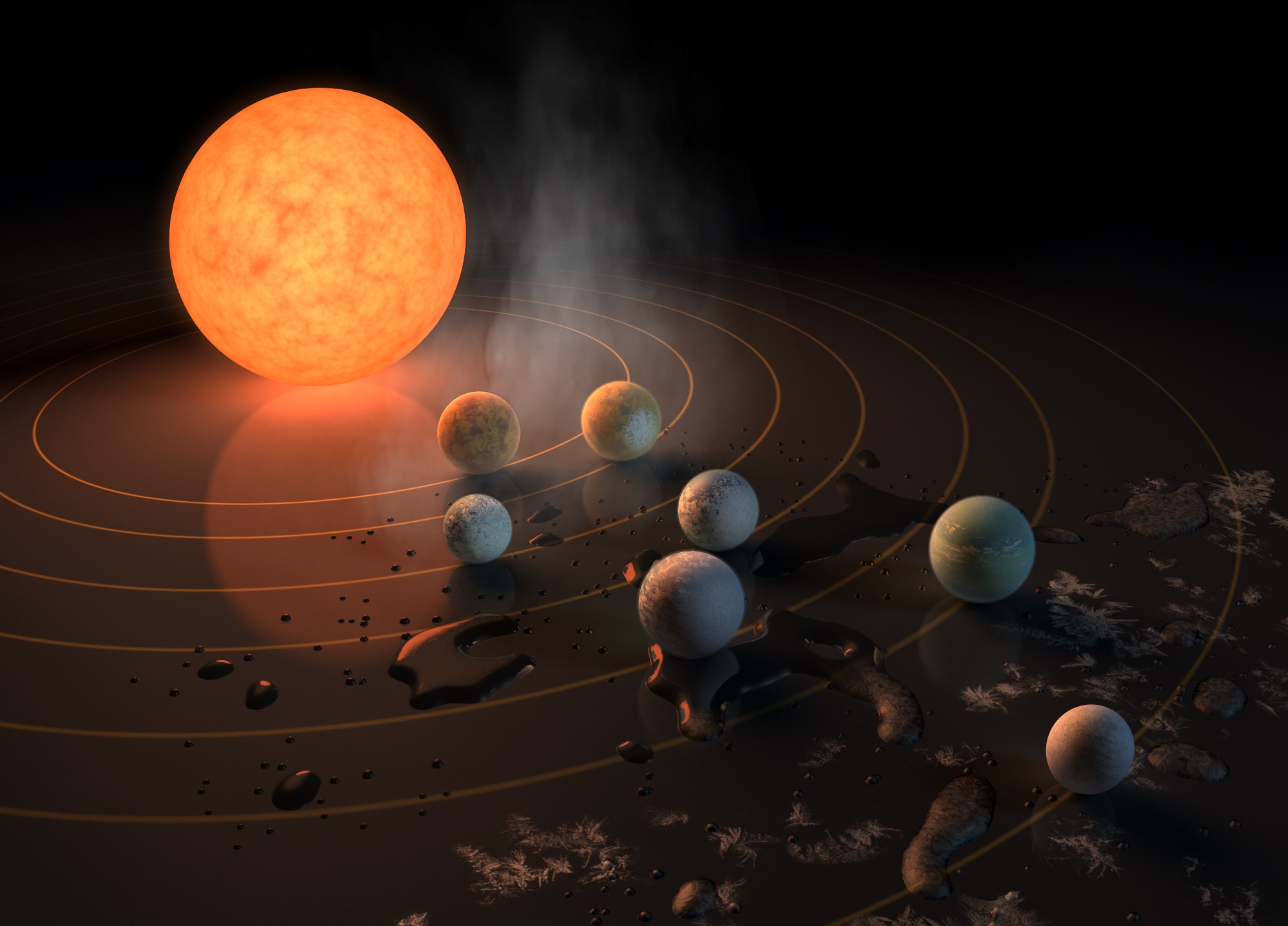
Two new studies from the Harvard-Smithsonian Center for Astrophysics (CfA) have thrown some cold water on the notion that planets in the TRAPPIST-1 system might be habitable.
Continue reading

A new study from Michigan Tech presents a new concept for small satellite propulsion, one which relies on magnetically-activated fluids to generate thrust.
Continue reading
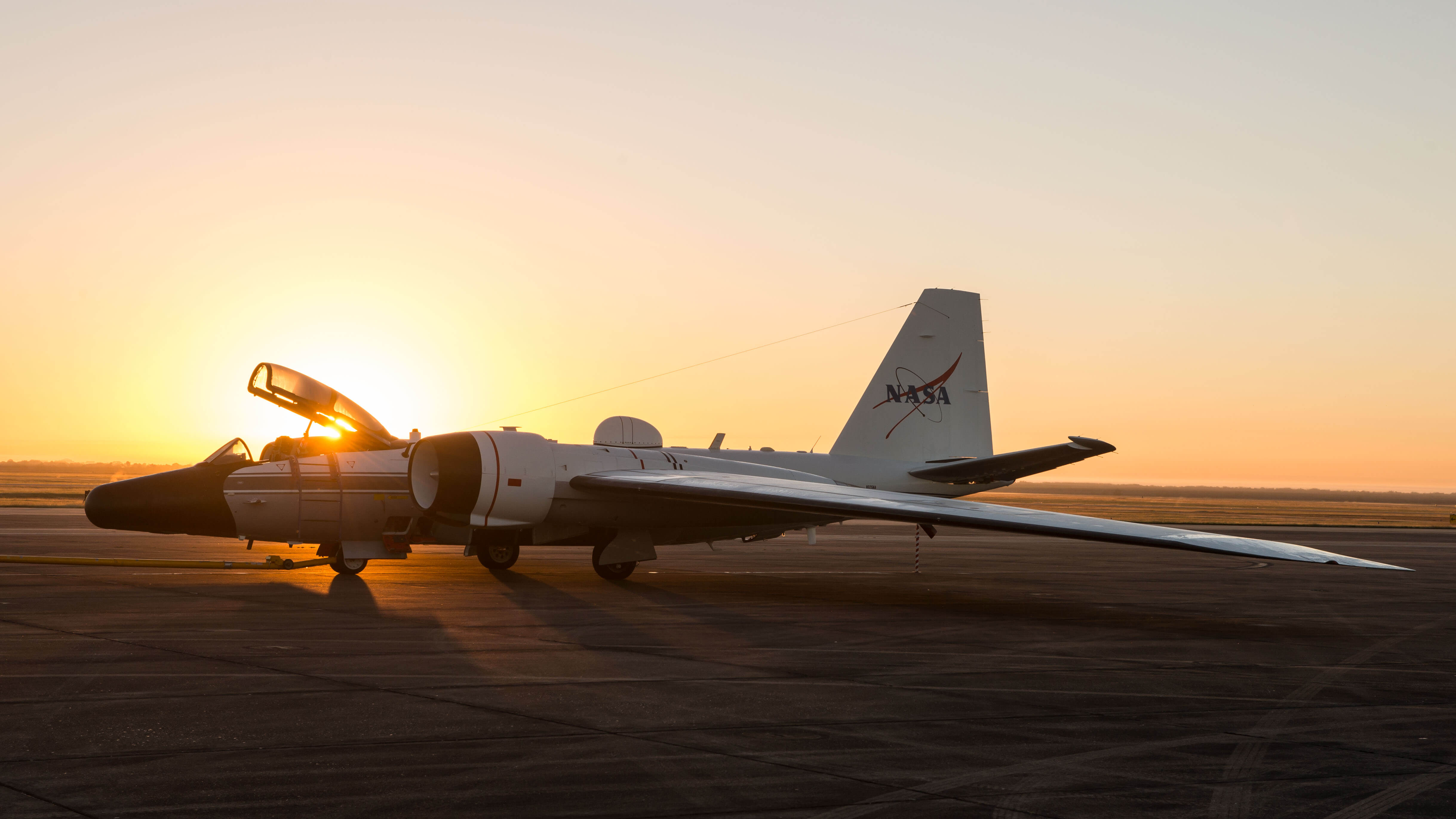
In a classic swords to plowshares move, two converted WB-57 aircraft flown by NASA's Airborne Science Program and scientists from the Southwest Research Institute (SwRI) in Boulder, Colorado will greet the shadow of the Moon as it rushes across the contiguous United States on Monday, August 21st on a daring mission of science.
Continue reading
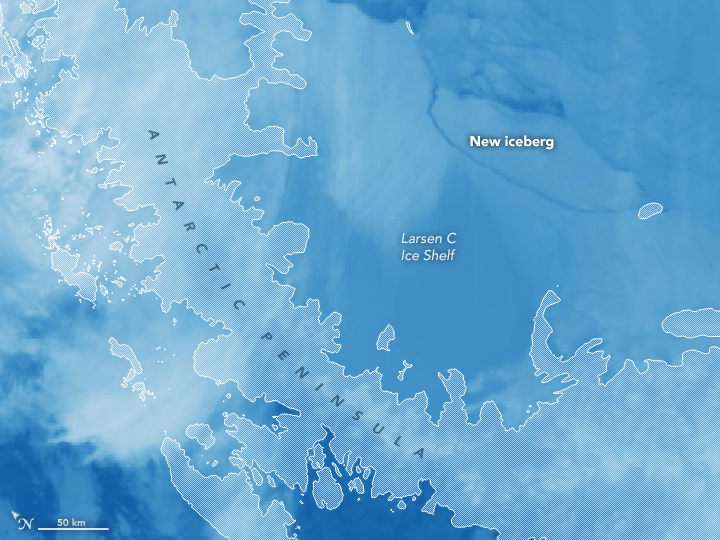
Continue reading
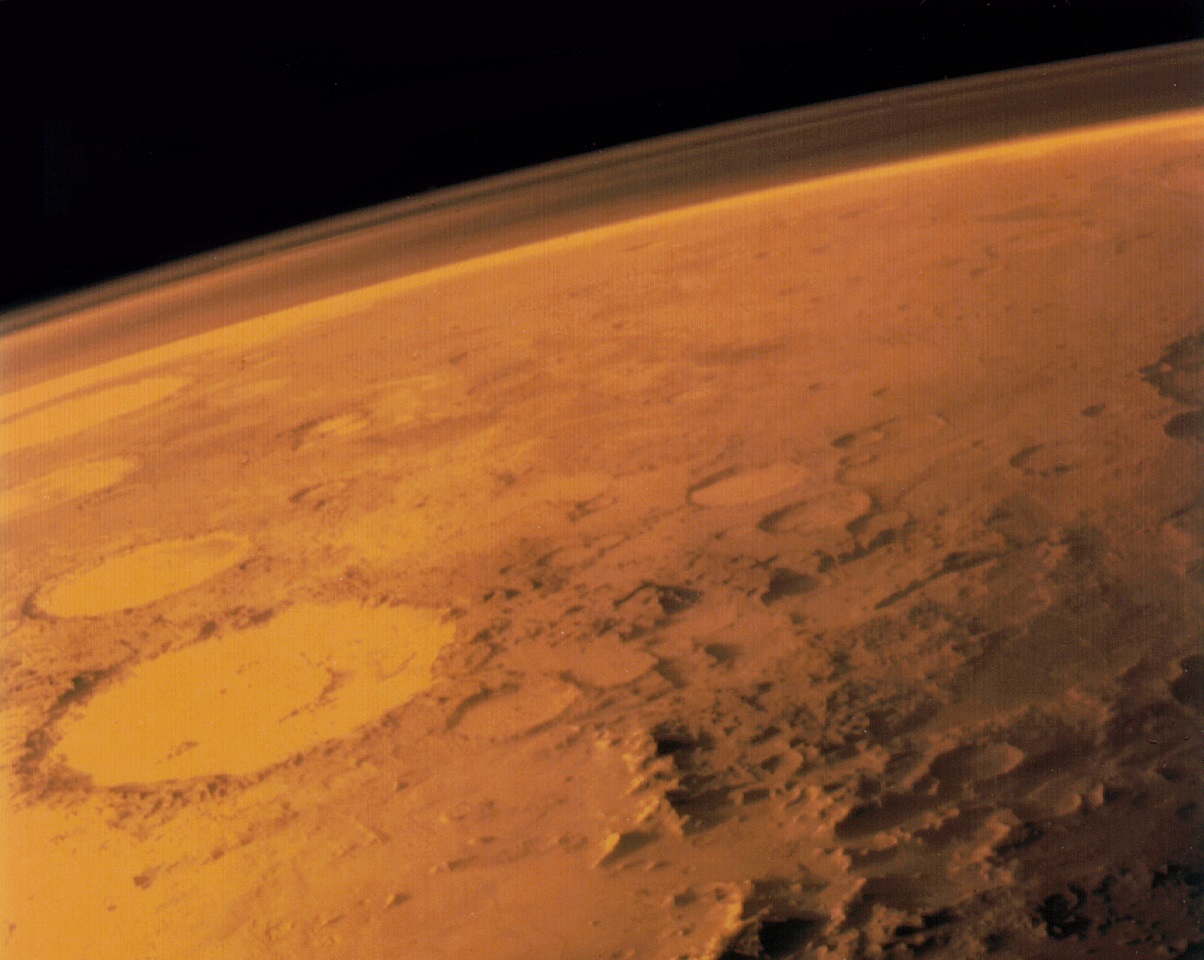
Continue reading
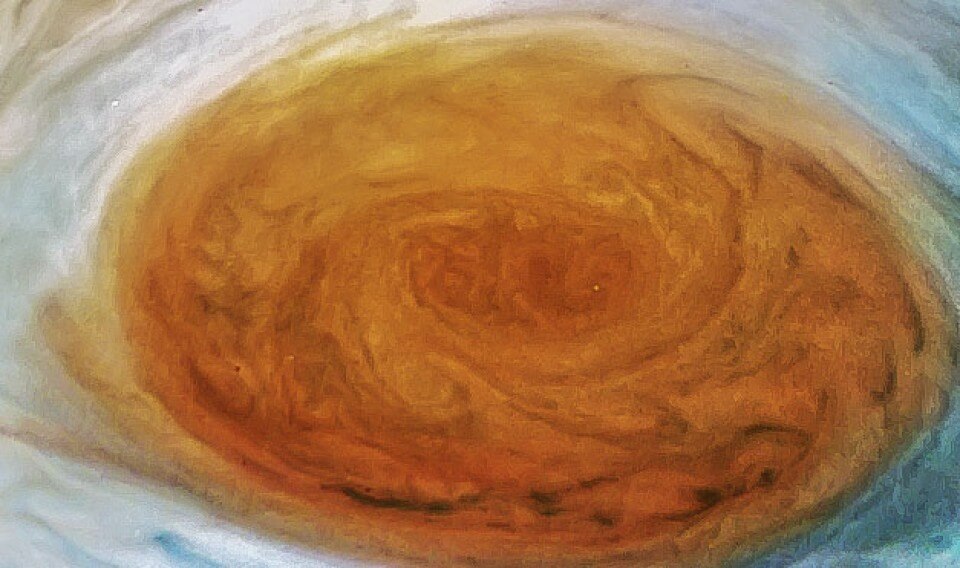
Juno made history the other day when it conducted the closest pass in history to Jupiter's Great Red Spot, and the photos are already coming in!
Continue reading
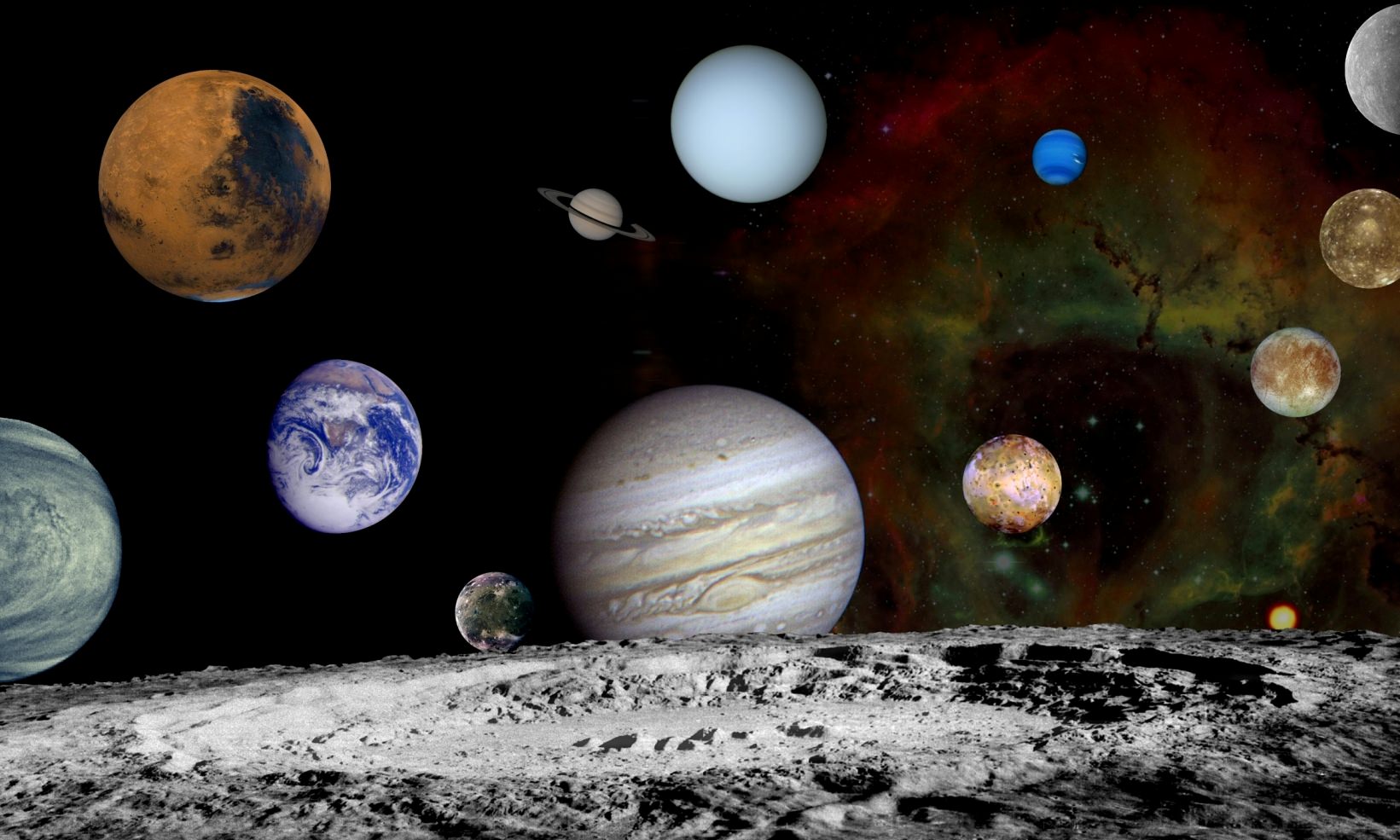
Why are the planets round? For that matter, why are all the big objects in the Universe this shape? The answer has to do with how gravity works and how star systems are formed.
Continue reading
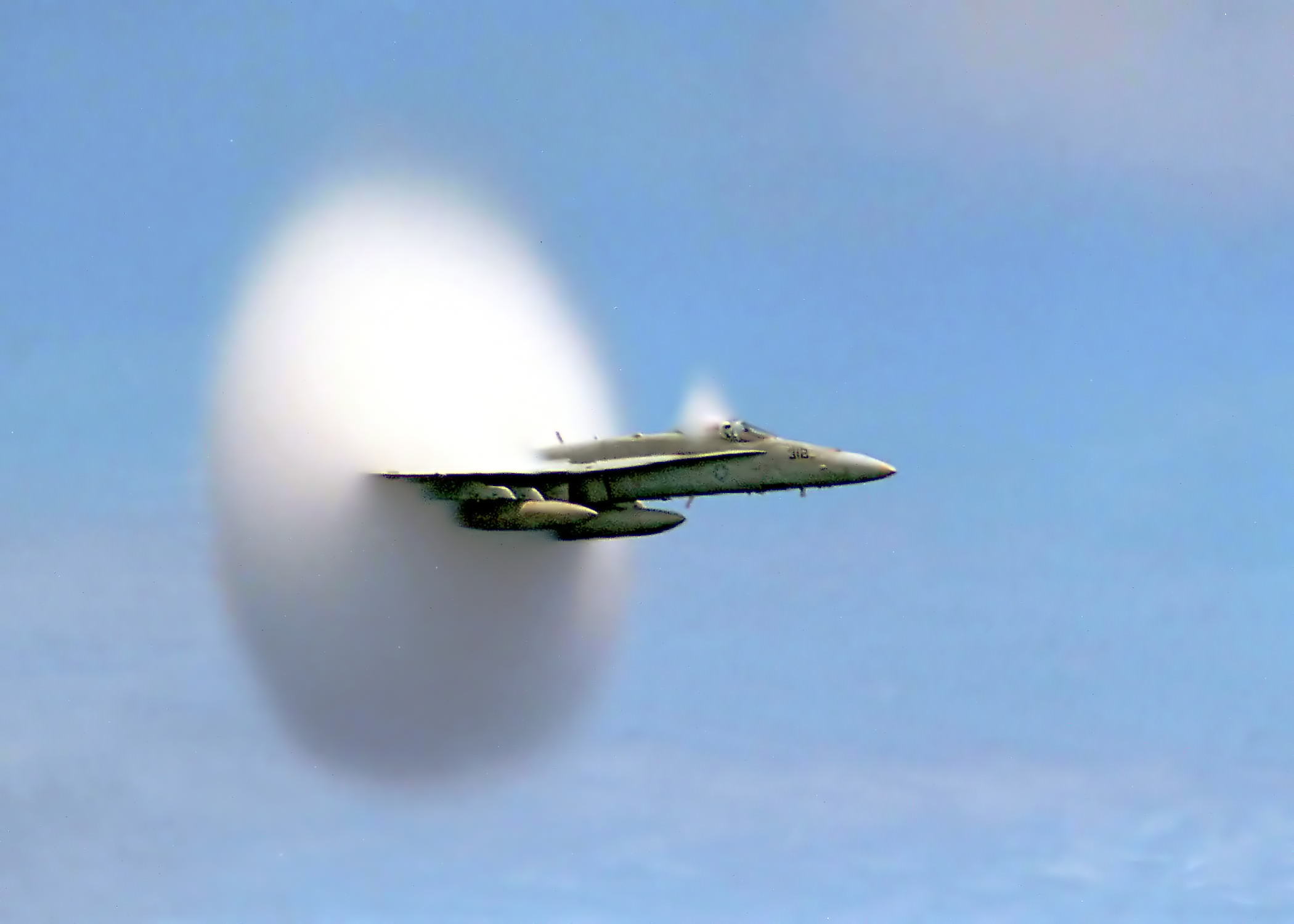
While we tend to think of Mach One as being the speed it takes to break the sound barrier, its a bit more complicated than that, and requires a little math!
Continue reading
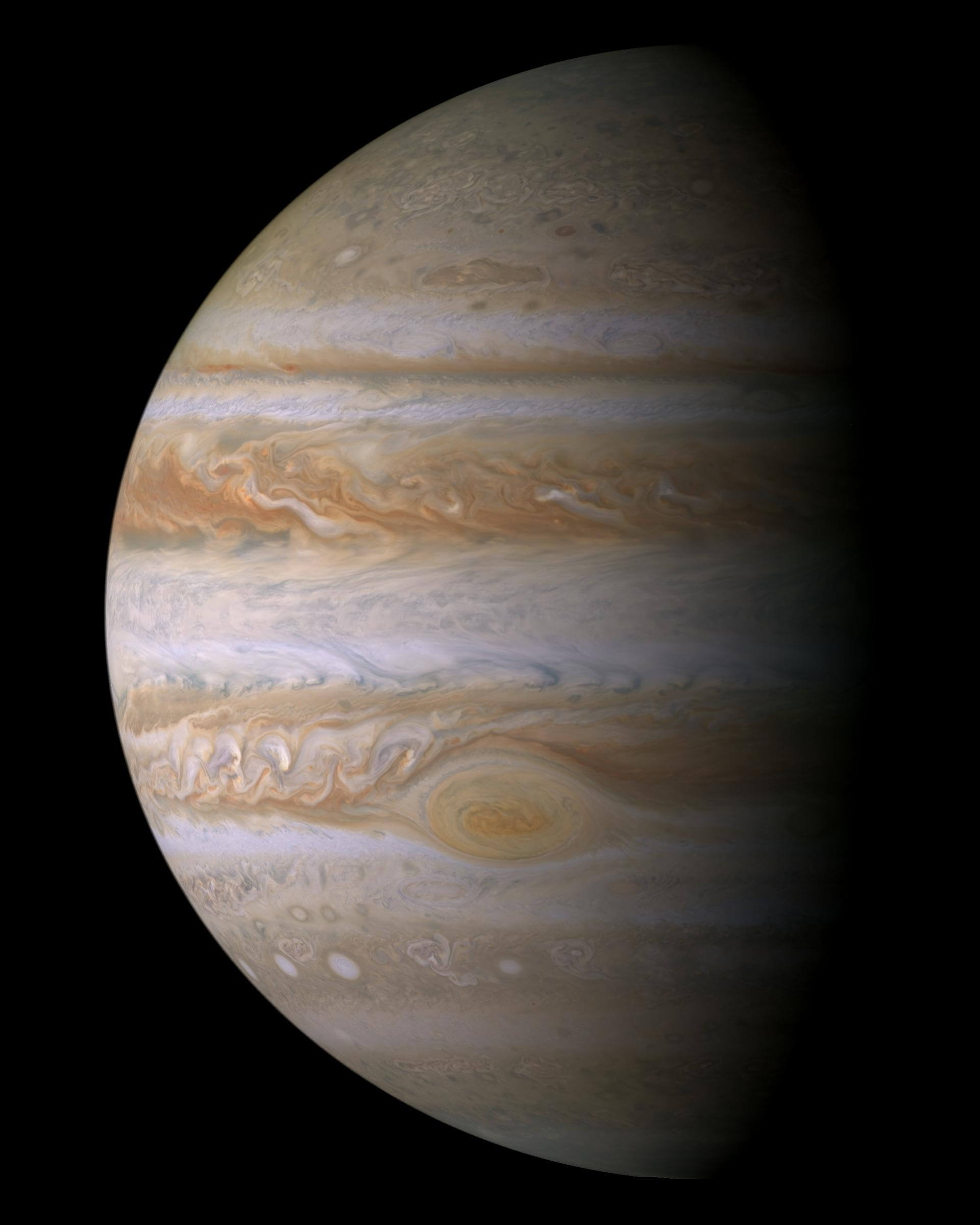
Days after celebrating the 1st anniversary of its arrival around Jupiter, the Juno probe will give us our most detailed look at Jupiter's Giant Red Spot.
Continue reading
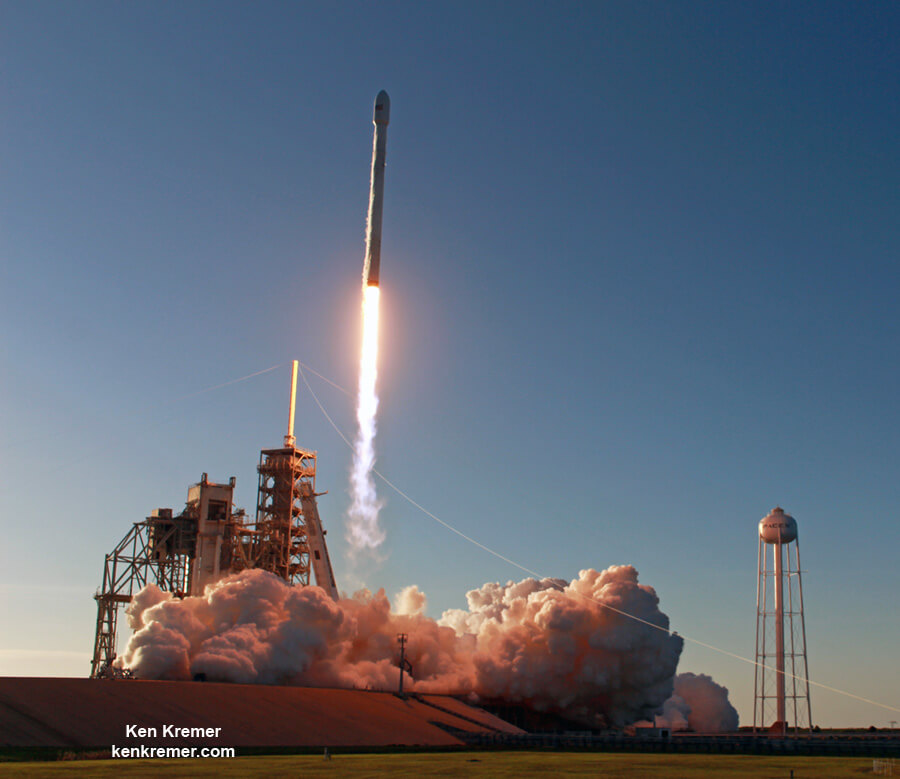
KENNEDY SPACE CENTER, FL – July has begun with SpaceX maintaining a blistering pace of blasting rockets and spaceships flying to space and returning to Earth for a host of multipronged missions furthering NASA science both on the International Space Station (ISS) and beyond, commercial space endeavors in the US and overseas and fulfilling billionaire founder Elon Musk's dreams of creating reusable rocketry to slash launch costs and advance humanity's push to the stars.
Continue reading
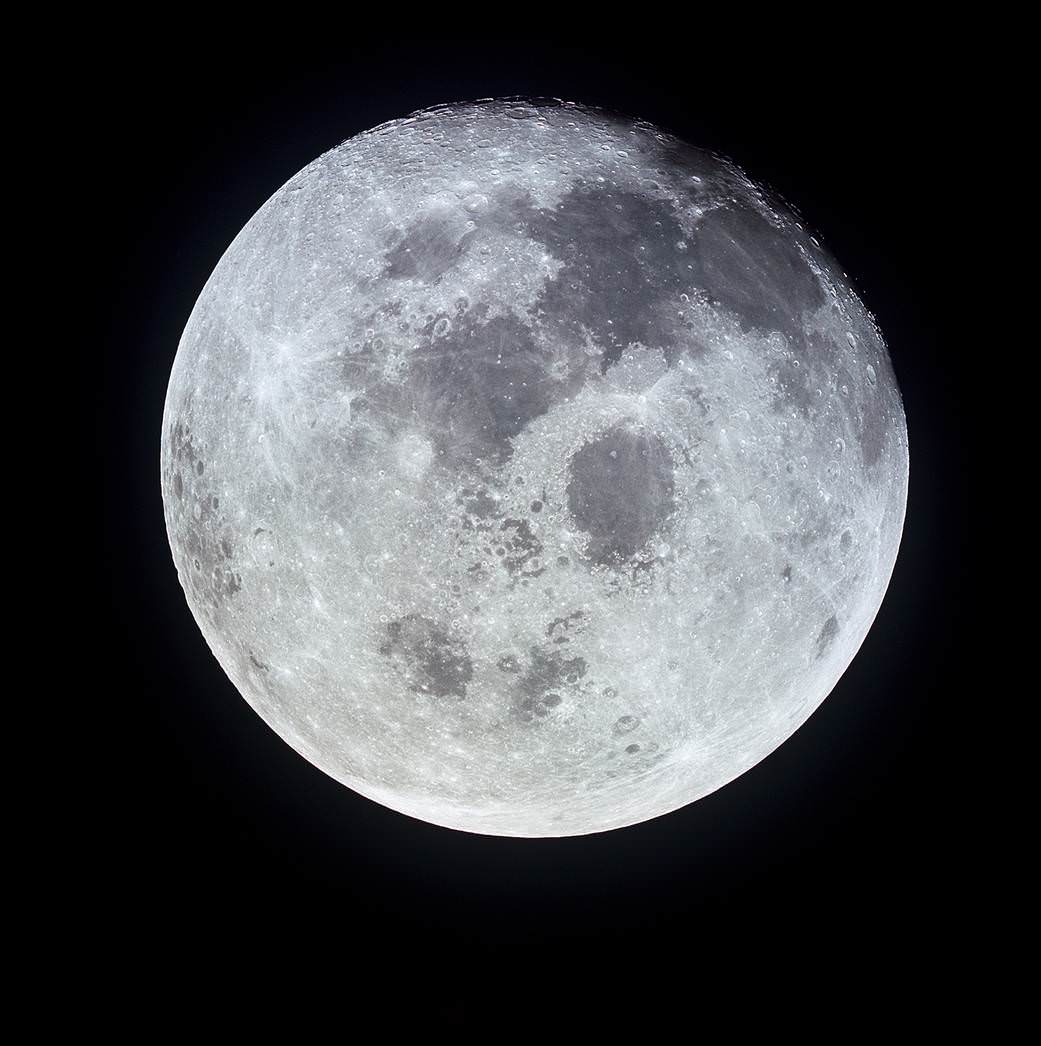
A single day on the Moon lasts the equivalent of 29.5 Earth days, which is the result of its tidally-locked orbit with Earth, and Earth's orbit around the Sun.
Continue reading
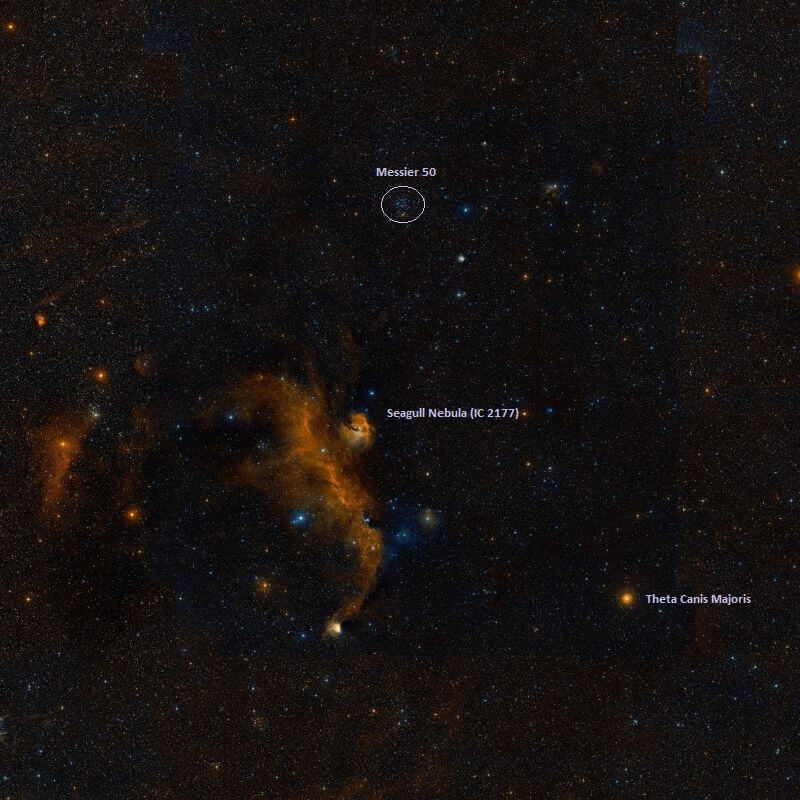
Located between the Monoceros and Canis Major constellations, about 3,200 light years from Earth, is the heart-shaped open star cluster known as Messier 50!
Continue reading
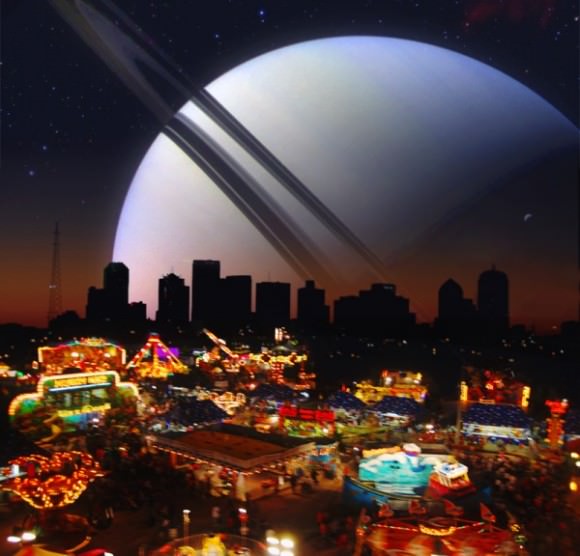
Continue reading
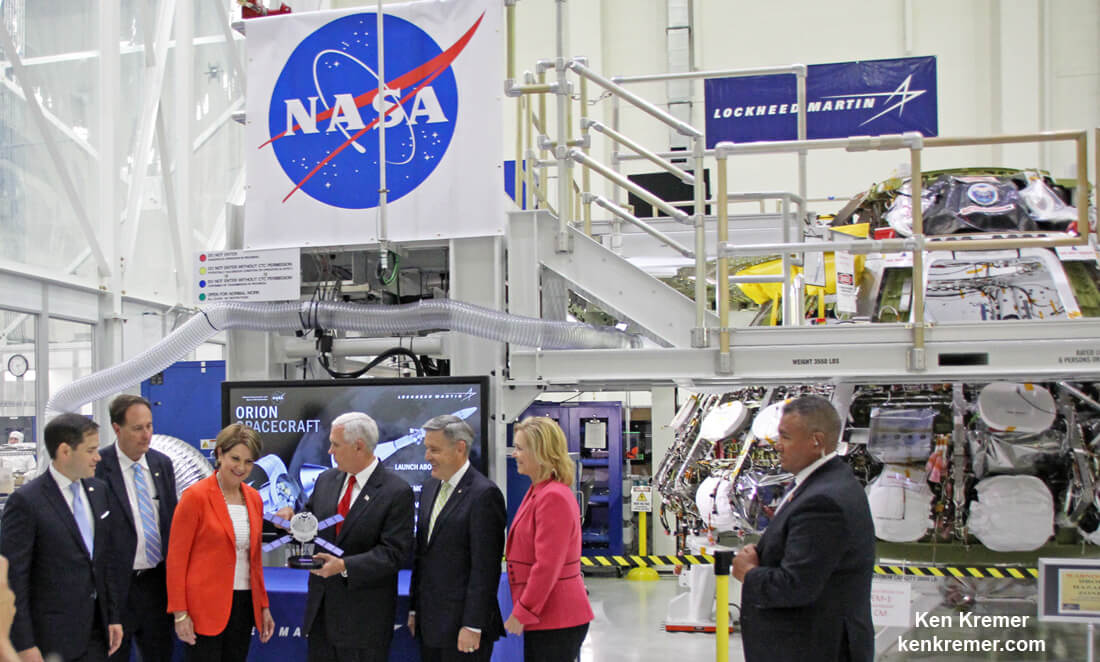
KENNEDY SPACE CENTER, FL – Vice President Mike Pence, during a whirlwind visit to NASA's Kennedy Space Center in Florida, vowed that America would fortify our leadership in space under the Trump Administration with impressive goals by forcefully stating that "our nation will return to the moon, and we will put American boots on the face of Mars."
Continue reading
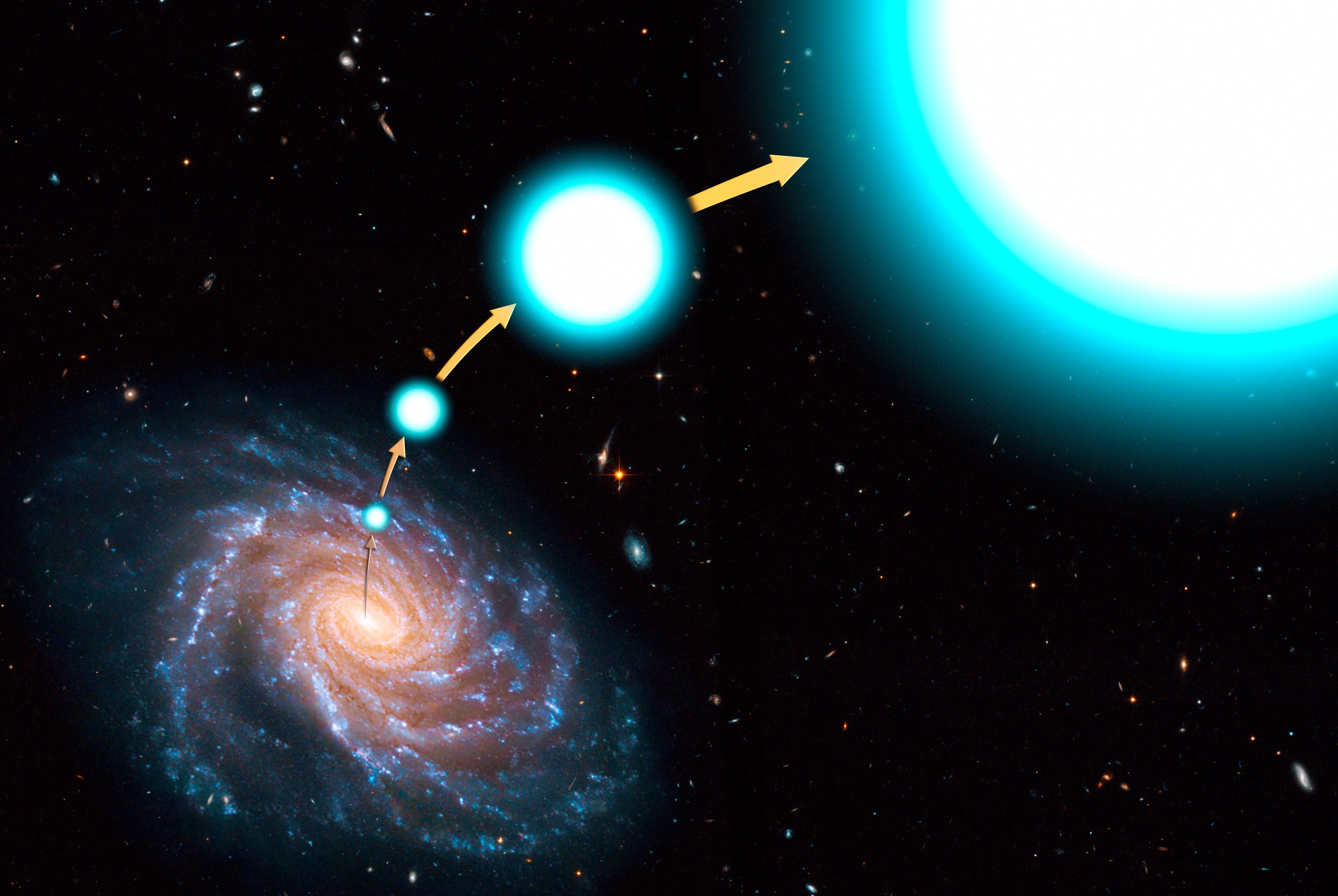
The ESA's Gaia mission made a startling discovery recently, detecting six stars that appear to have been kicked out of the Milky Way
Continue reading
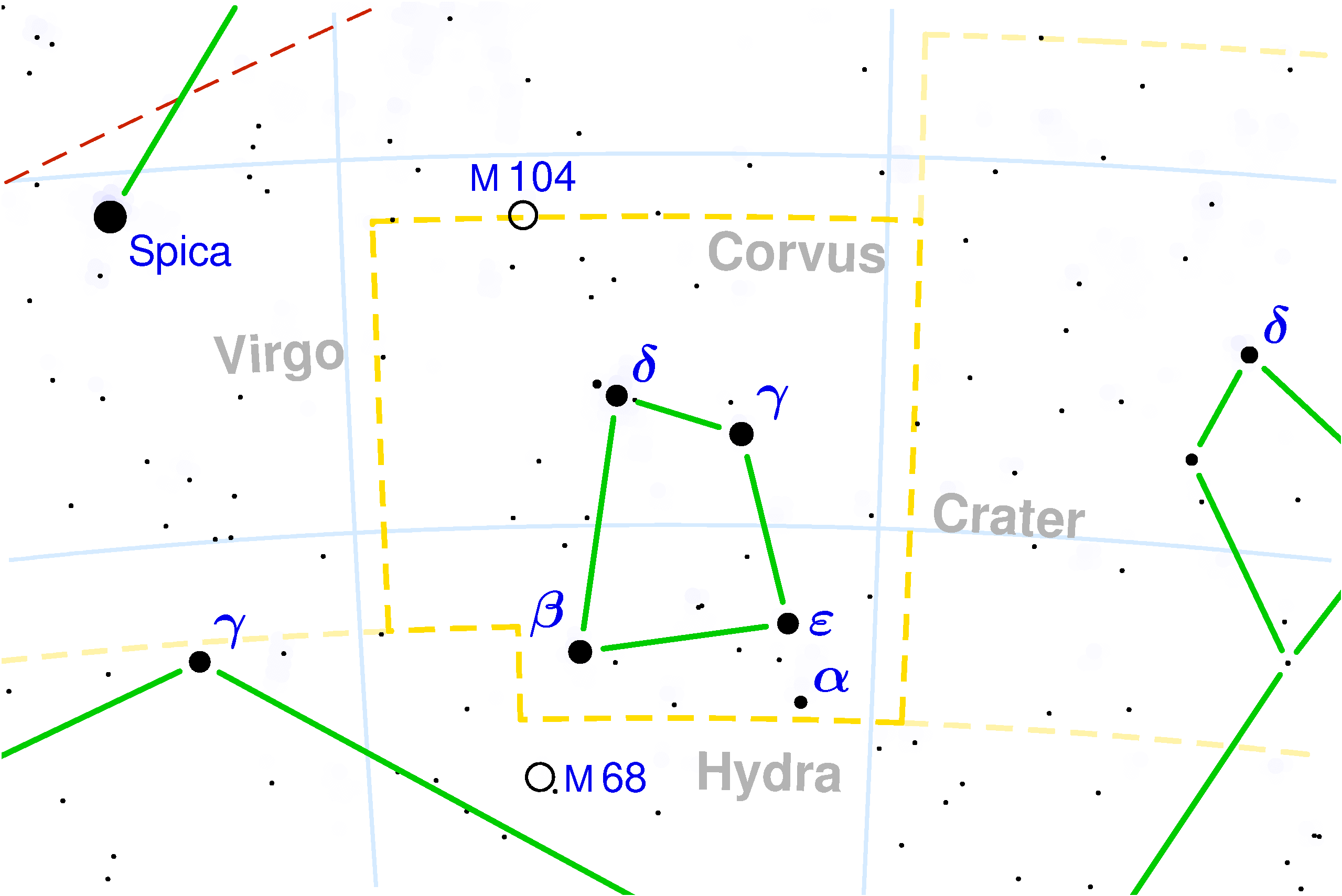
Located in the southern celestial hemisphere is the constellation Corvus (Latin for "the Raven"), one of the original 48 constellations of Ptolemy.
Continue reading
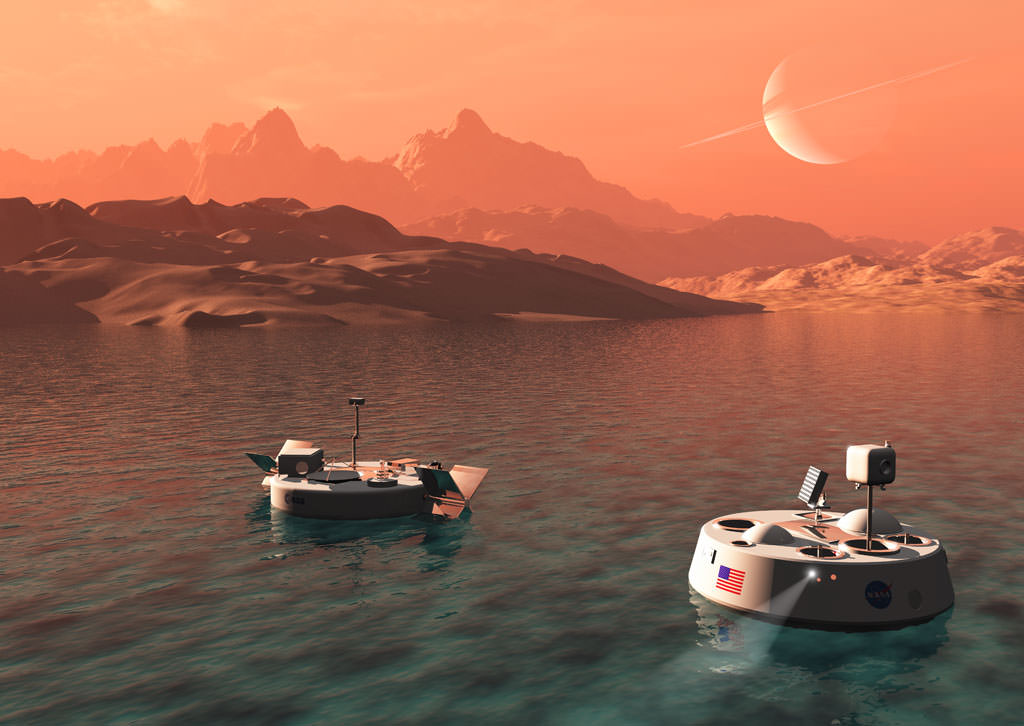
A recent study has shown that Titan's methane lakes experience very low waves, which could make it an ideal landing spot for future missions
Continue reading
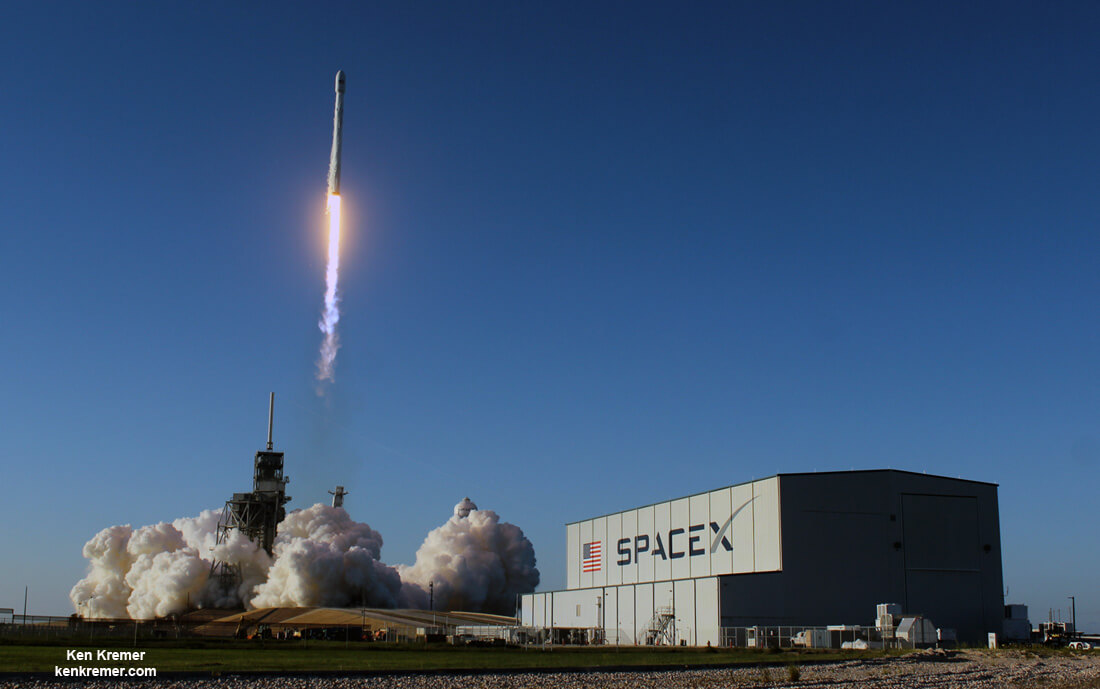
KENNEDY SPACE CENTER, FL – The third time proved to be the charm as SpaceX kept up a torrid 2017 launch pace and successfully ignited another Falcon 9 rocket late Wednesday, July 5, from the Florida Space Coast and delivered a powerful and heavy weight commercial TV satellite to orbit that will serve "tens of millions of customers globally," Intelsat VP for Sales Kurt Riegel, told Universe Today at NASA's Kennedy Space Center press site.
Continue reading
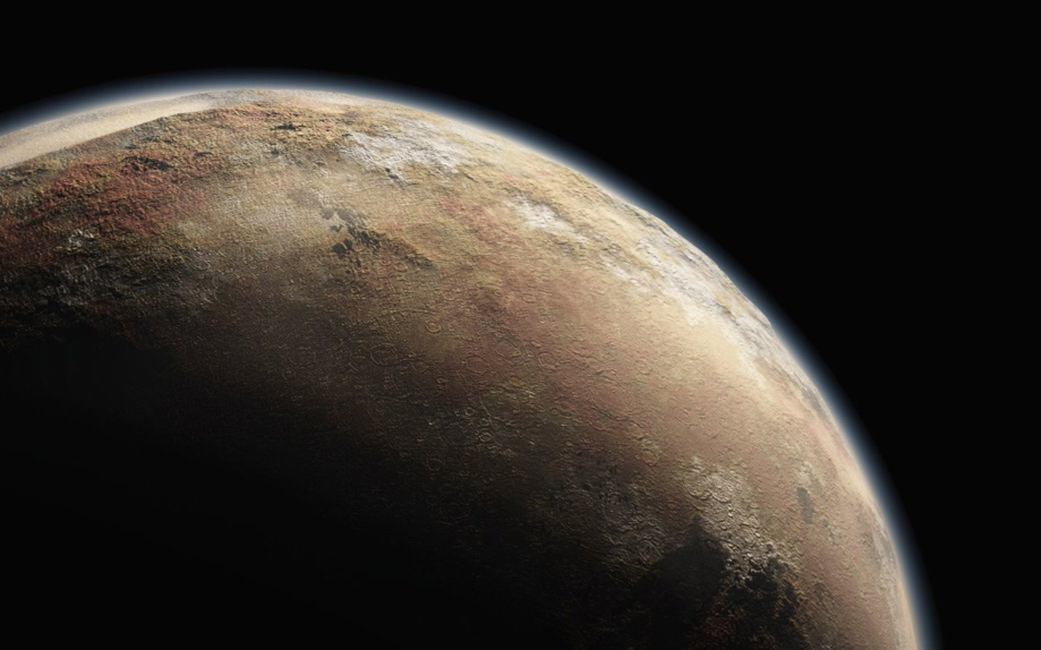
A new study by a team of astronomers has revealed that an unexpected amount of x-ray emissions coming from Pluto, which was highly unexpected.
Continue reading
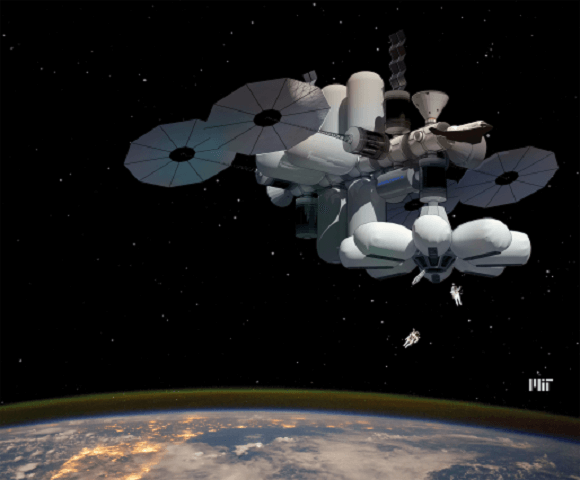
A team of MIT graduate students was recently honored by NASA's RASC-AL competition for their MARINA space habitat design
Continue reading

Determining how much stuff is a single light year is daunting, considering how big the Milky Way is. But doing the math, we find that the answer is close to nothing
Continue reading
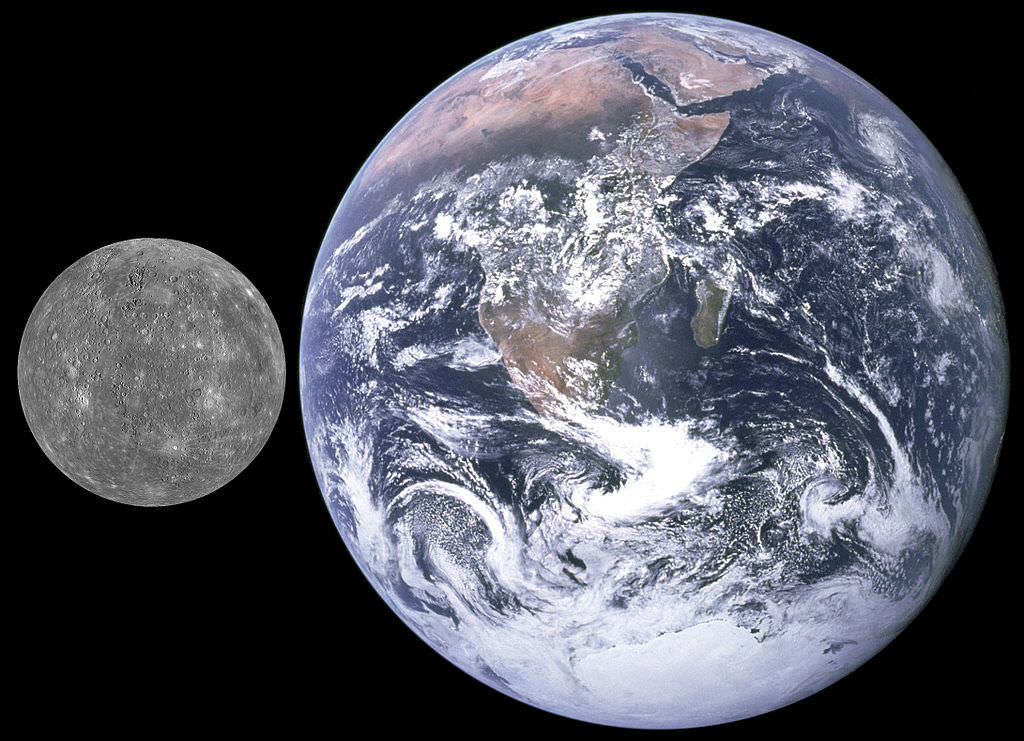
Mercury and Earth are a study in contrasts, with serious differences in their orbits, atmospheres, surface temperatures, and annual/diurnal cycles. But they do have a few things in common.
Continue reading
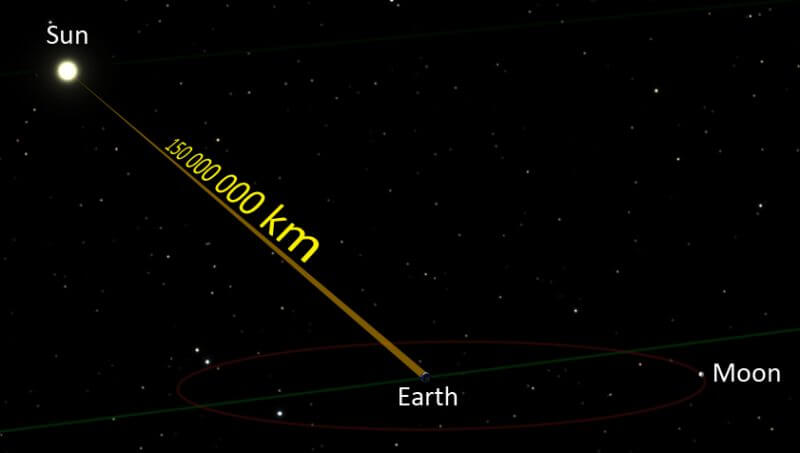
Light travels at a speed of 299,792,458 m/s (1080 million km/h; 671 million mph), which works out to about 9,460.5 billion km (5,878.5 billion miles) per year.
Continue reading
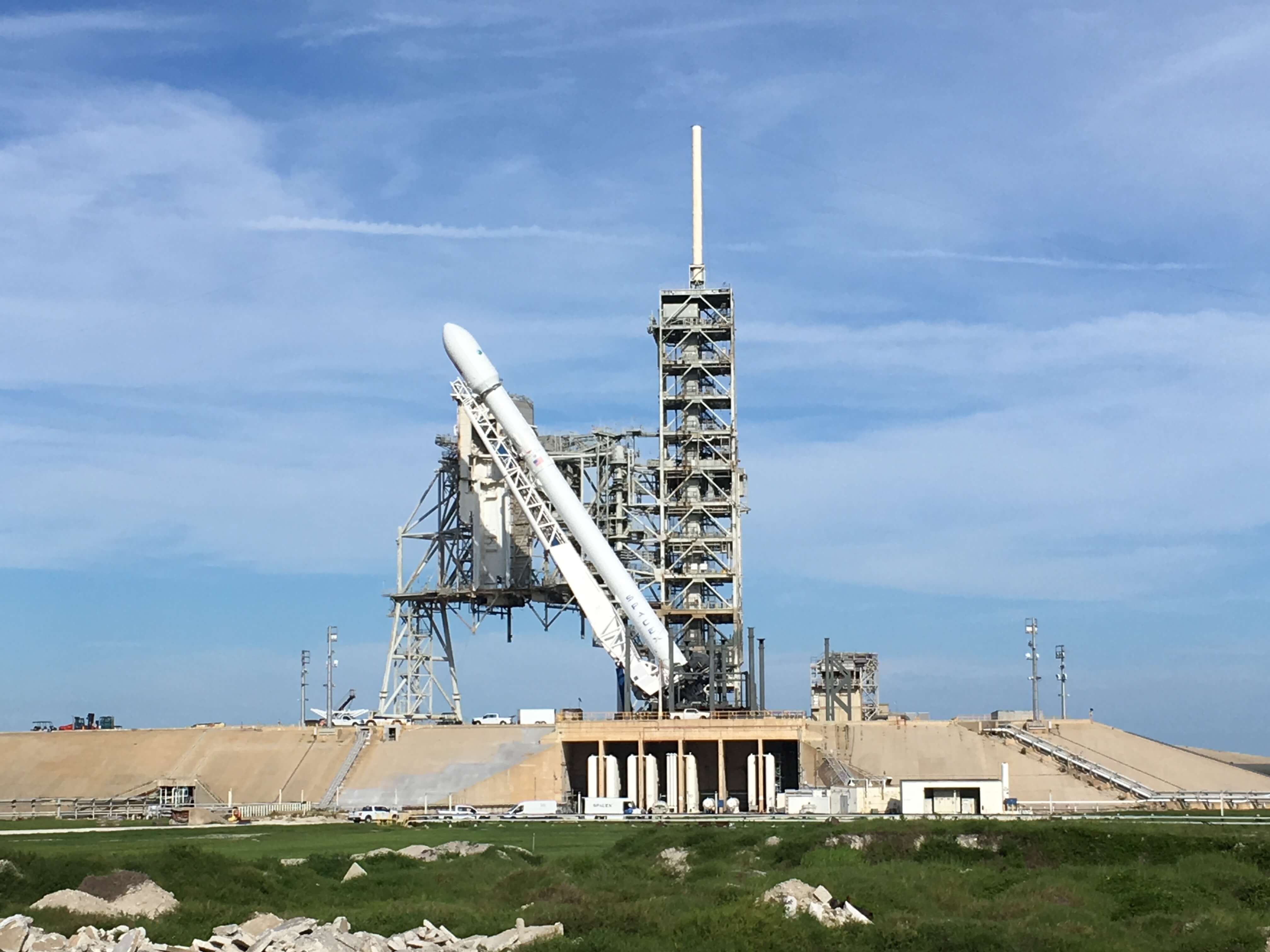
KENNEDY SPACE CENTER, FL – Spectacular 4th of July fireworks are coming tonight, July 3, to the Florida Space Coast courtesy of SpaceX and Intelsat with the planned near dusk launch of the commercial Epic 35e next-generation high throughput satellite to geostationary orbit for copious customers in the Americas, Europe and Africa. UPDATE: After a 2nd abort launch is now NET July 5. JULY 5 UPDATE: GO for launch attempt tonight at 7:37 PM. Weather looks good at this time
Continue reading

Continue reading
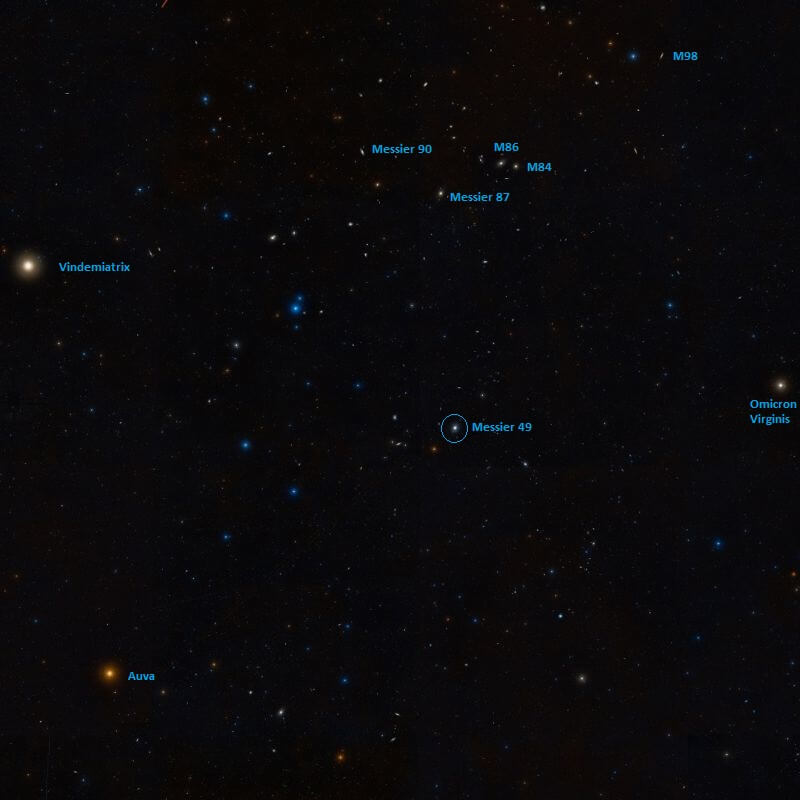
Located in the constellation Virgo, and at a distance of 55.9 million light years from Earth, is Messier 49 - an elliptical galaxy that is part of the Virgo cluster
Continue reading
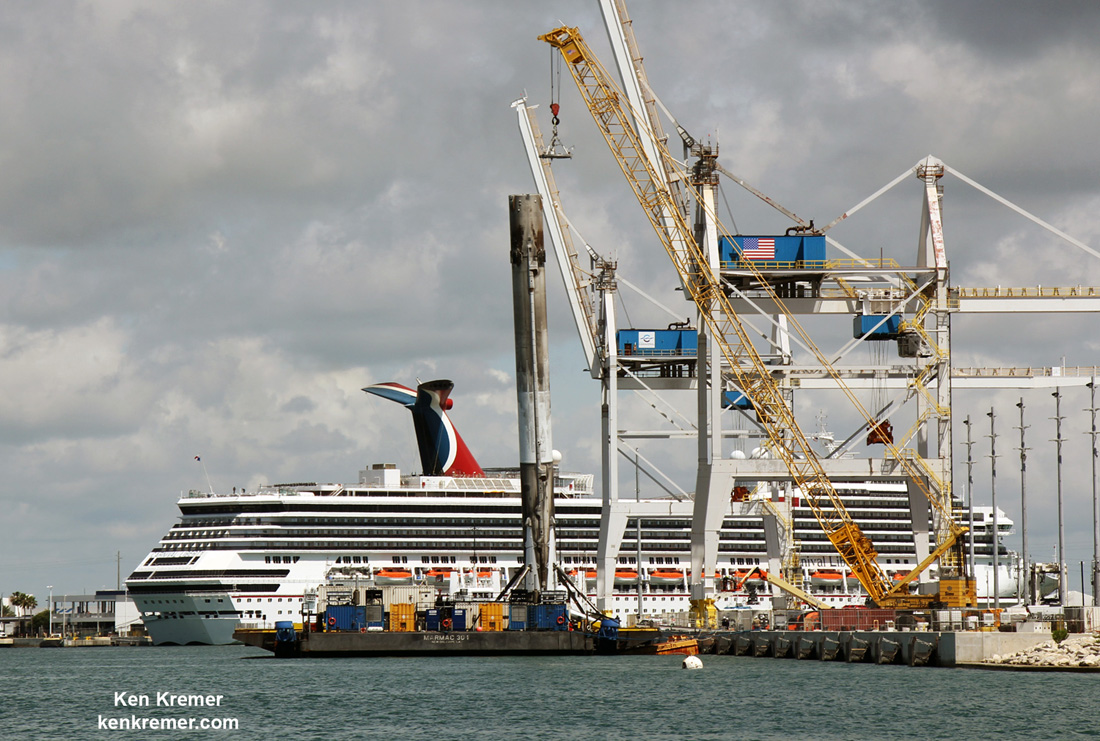
PORT CANAVERAL/KENNEDY SPACE CENTER, FL - The launch cadence at Elon Musk's SpaceX is truly ramping up with Falcon 9 boosters rapidly coming and going in all directions from ground to space as the firm audaciously sets its sight on a third commercial payload orbital launch on July 2 in the span of just 9 days from its East and West Coast launch bases.
Continue reading
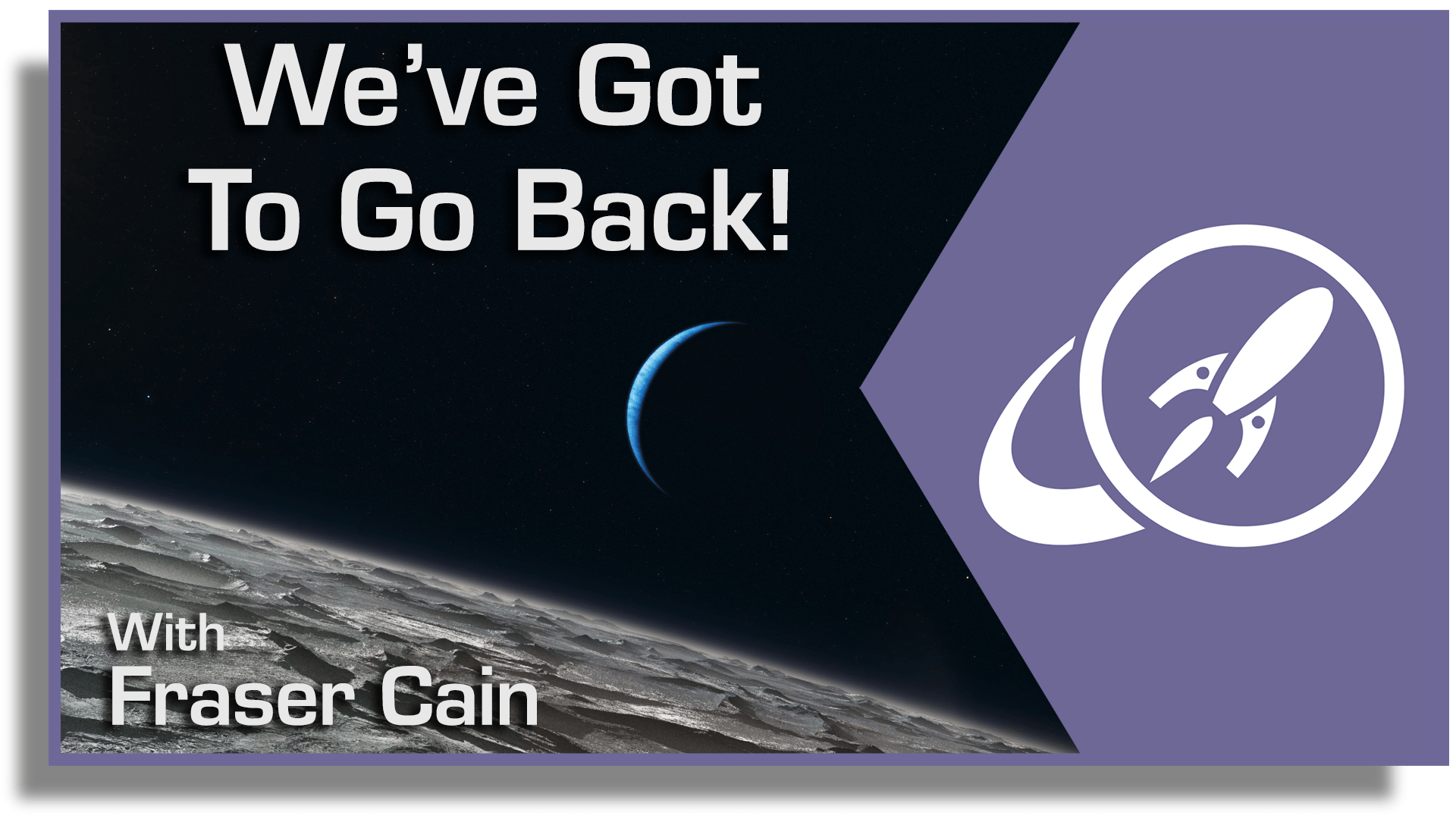
We've only seen Uranus and Neptune one time up close. There are now some mission ideas in the works that might take us back.
Continue reading
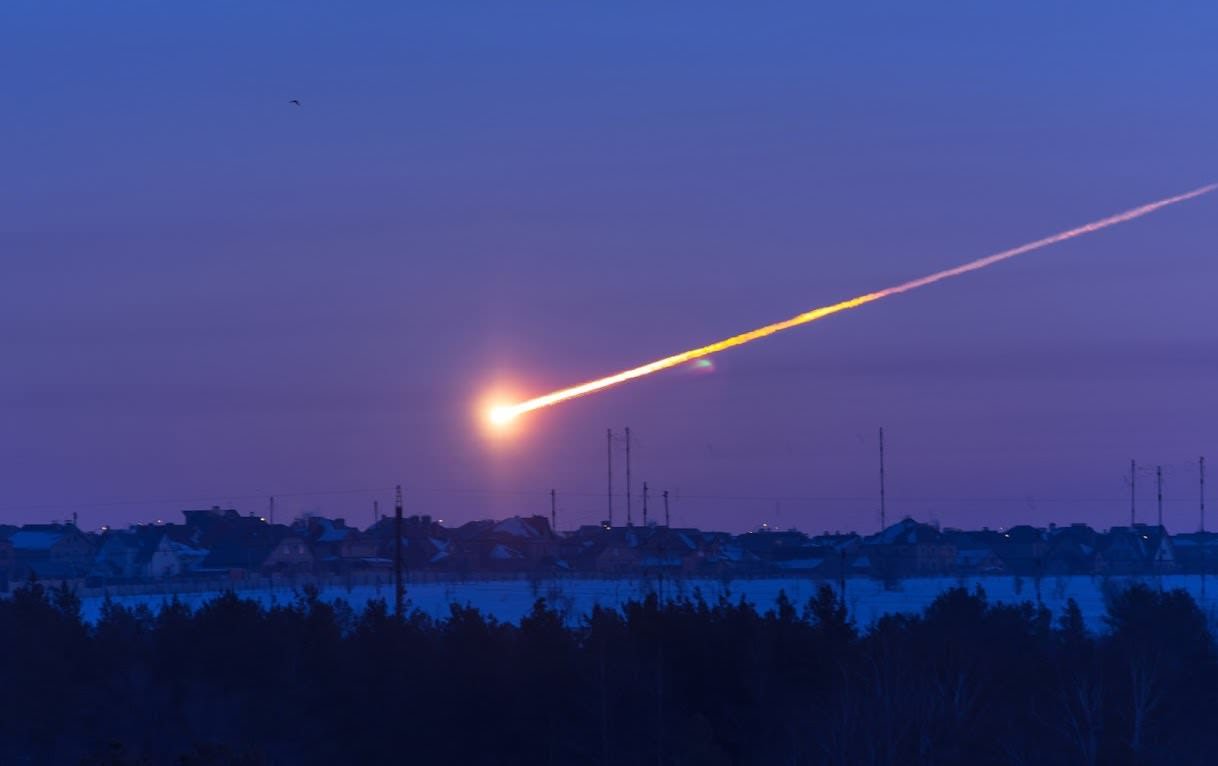
Continue reading

Continue reading
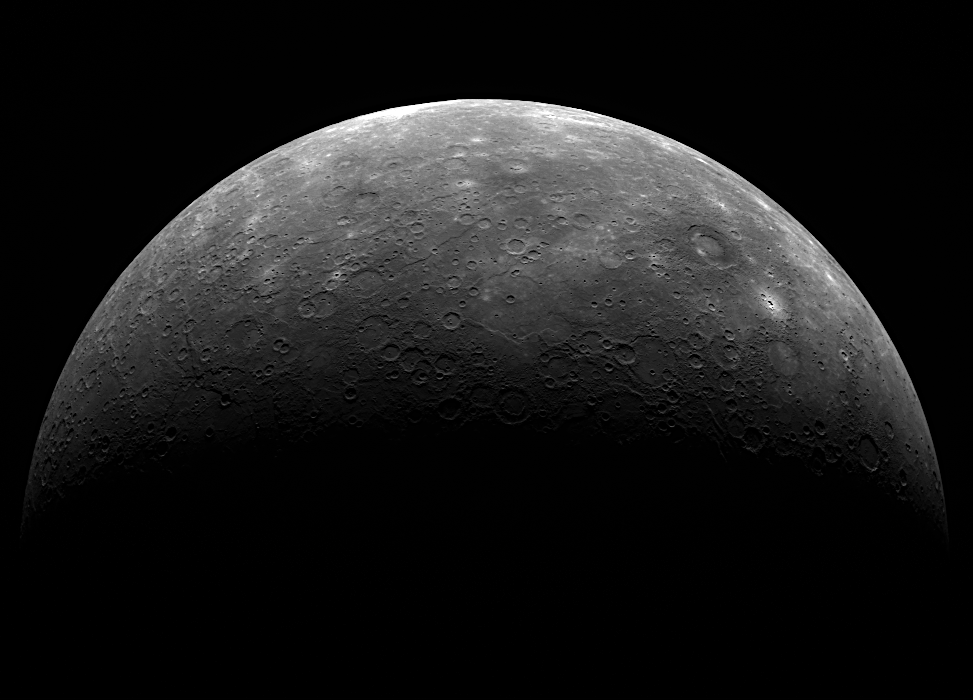
Of all the planets in the Solar System. Mercury is now the regarded as the smallest, with a mean radius of 2440 km (0.38 times that of Earth).
Continue reading
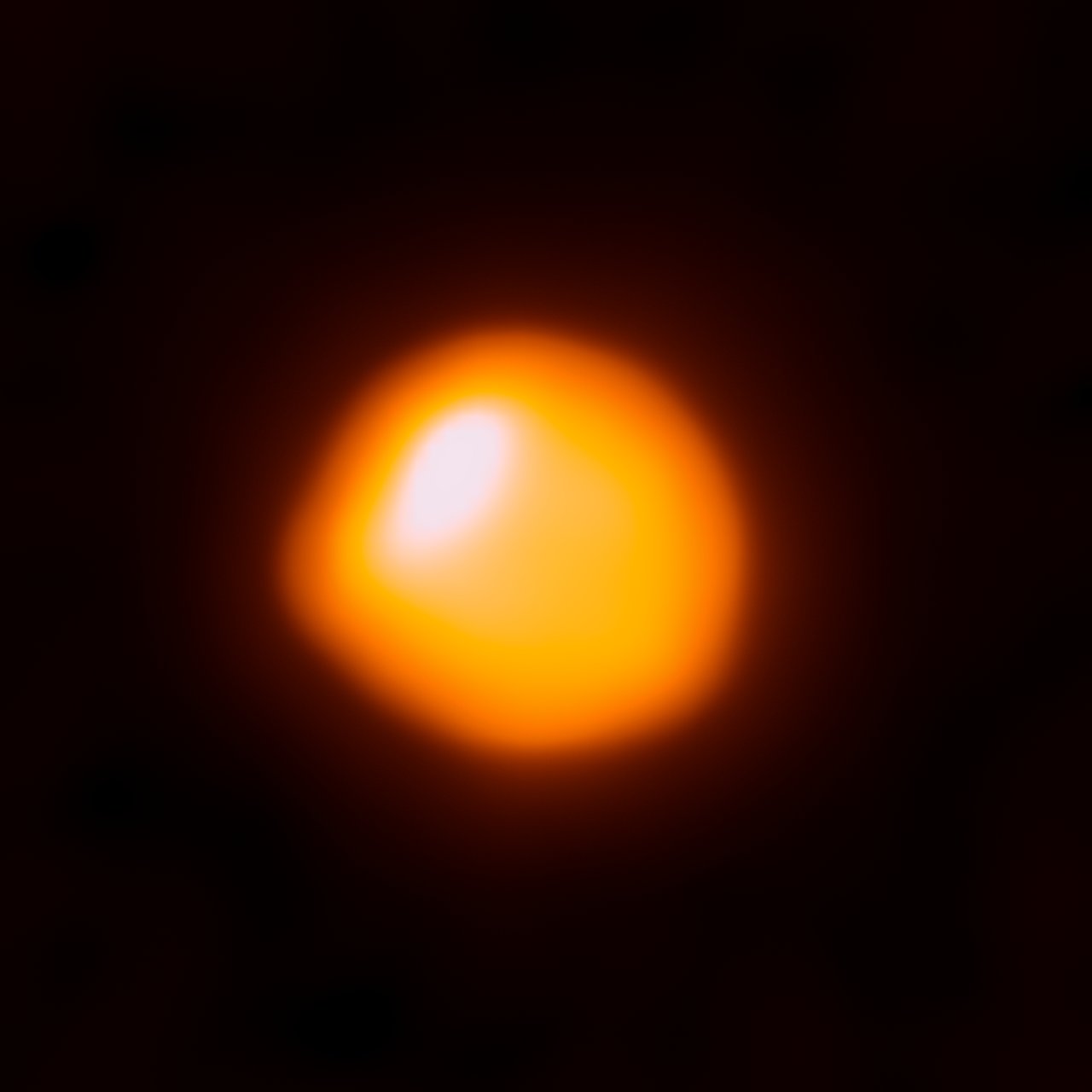
An angry monster lurks in the shoulder of the Hunter. We're talking about the Red Giant star Betelgeuse, Alpha Orionis in the constellation Orion. Recently, the Atacama Large Millimeter Array (ALMA) gave us an amazing view of Betelgeuse, one of the very few stars resolved as anything more than a point of light.
Continue reading
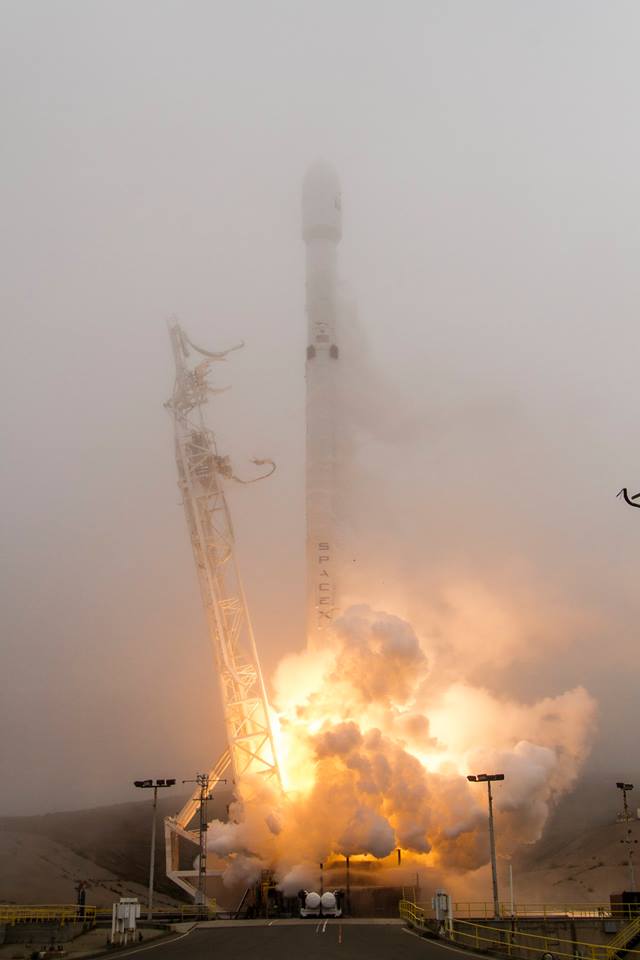
KENNEDY SPACE CENTER, FL - With Sunday's successful Falcon 9 blastoff for Iridium Communications joining rocketry's history books, Elon Musk's SpaceX accomplished a double headed American space spectacular this weekend with 2 launches and 2 booster landings in 2 days from 2 coasts for 2 commercial customers - in a remarkably rapid turnaround feat that set a new record for minimum time between launches for SpaceX.
Continue reading
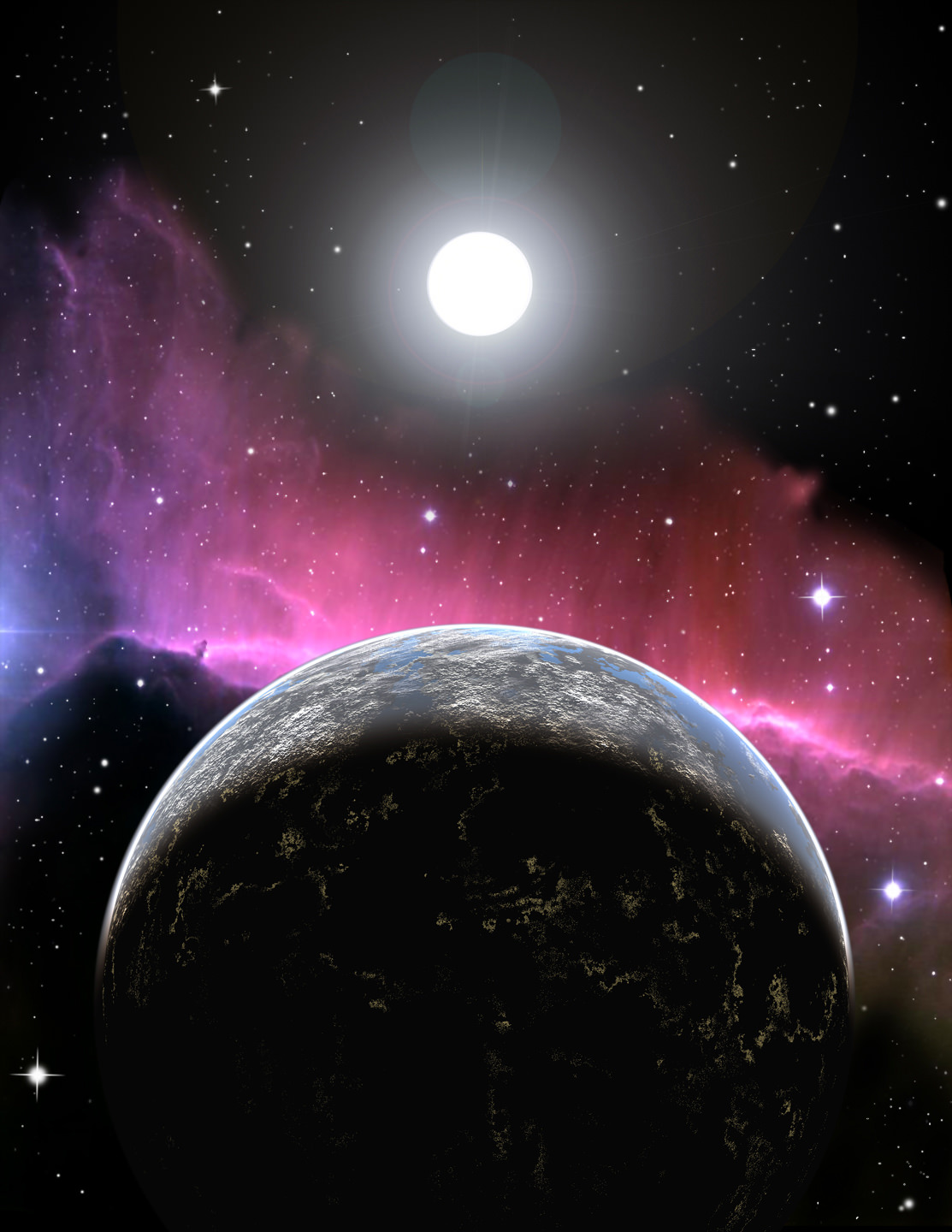
Continue reading
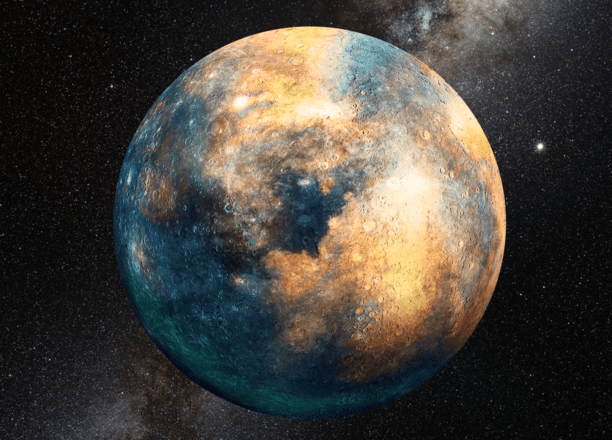
A new study by a team of astronomers from the LPL indicates that the orbital inclinations of distant Kuiper Belt Objects could hint at the existence of a Mars-sized body in the area.
Continue reading
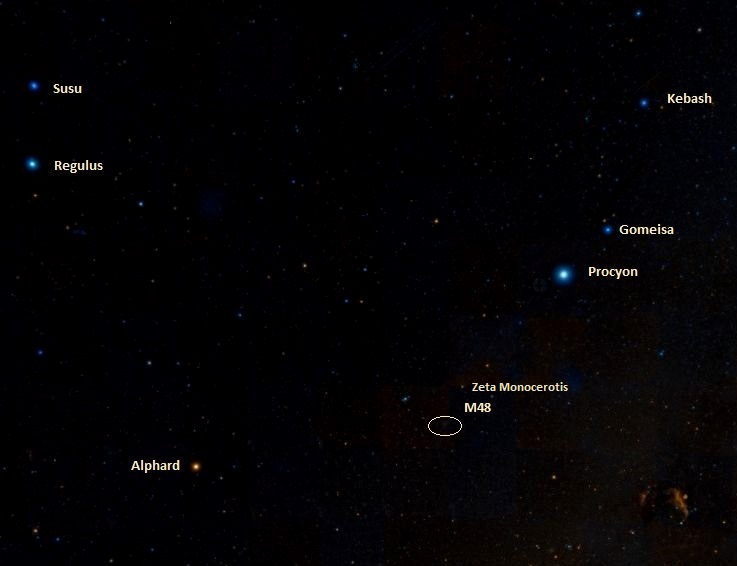
Continue reading
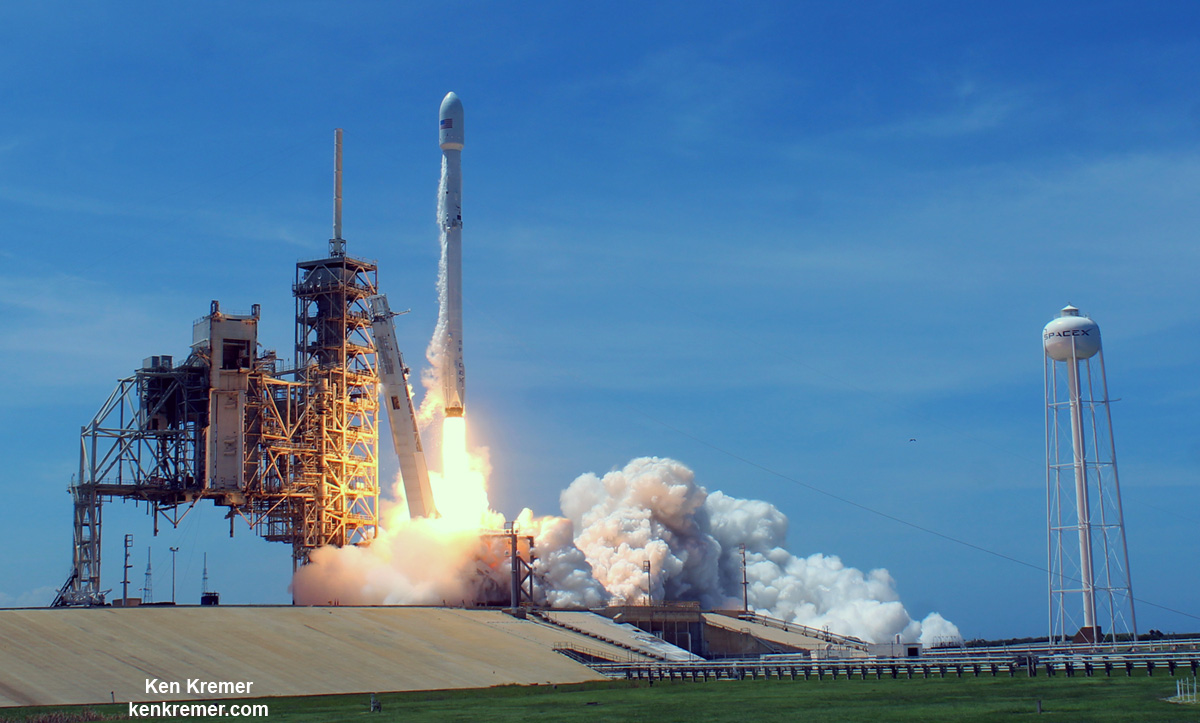
KENNEDY SPACE CENTER, FL - In another breakthrough milestone aimed at slashing the high cost of rocketry, the innovators at billionaire entrepreneur Elon Musk's SpaceX successfully launched a 'used' rocket for only the second time in history - that blazed a path to orbit with its BulgariaSat-1 commercial television comsat payload Friday afternoon, June 23, from the Kennedy Space Center and just minutes later landed upright and intact on an oceanic platform waiting offshore in the vast currents of the Atlantic ocean.
Continue reading
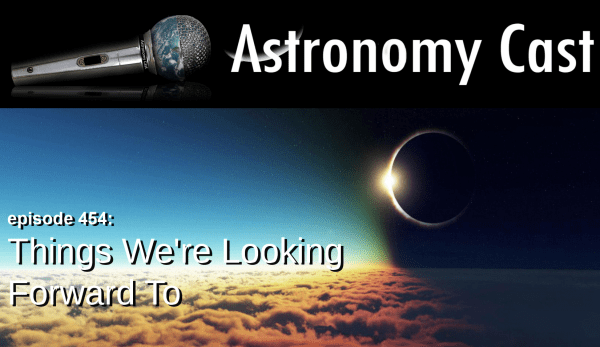
Continue reading
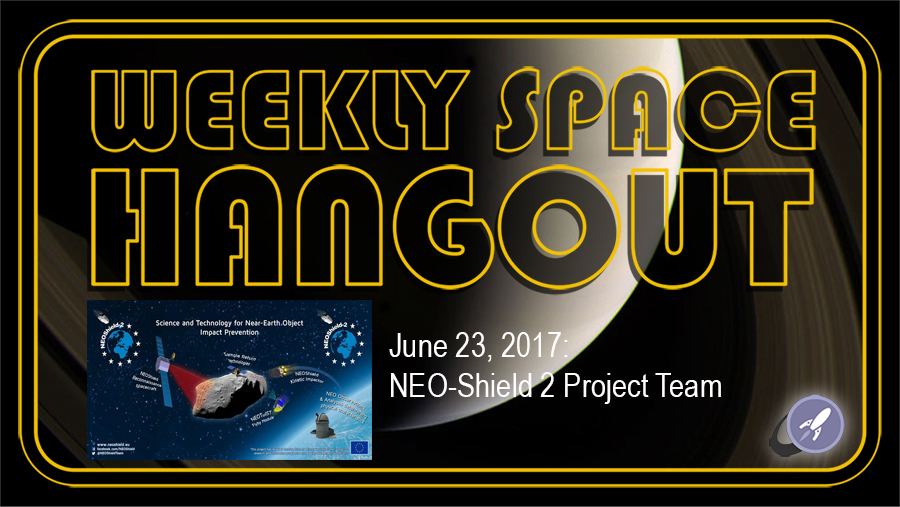
Continue reading
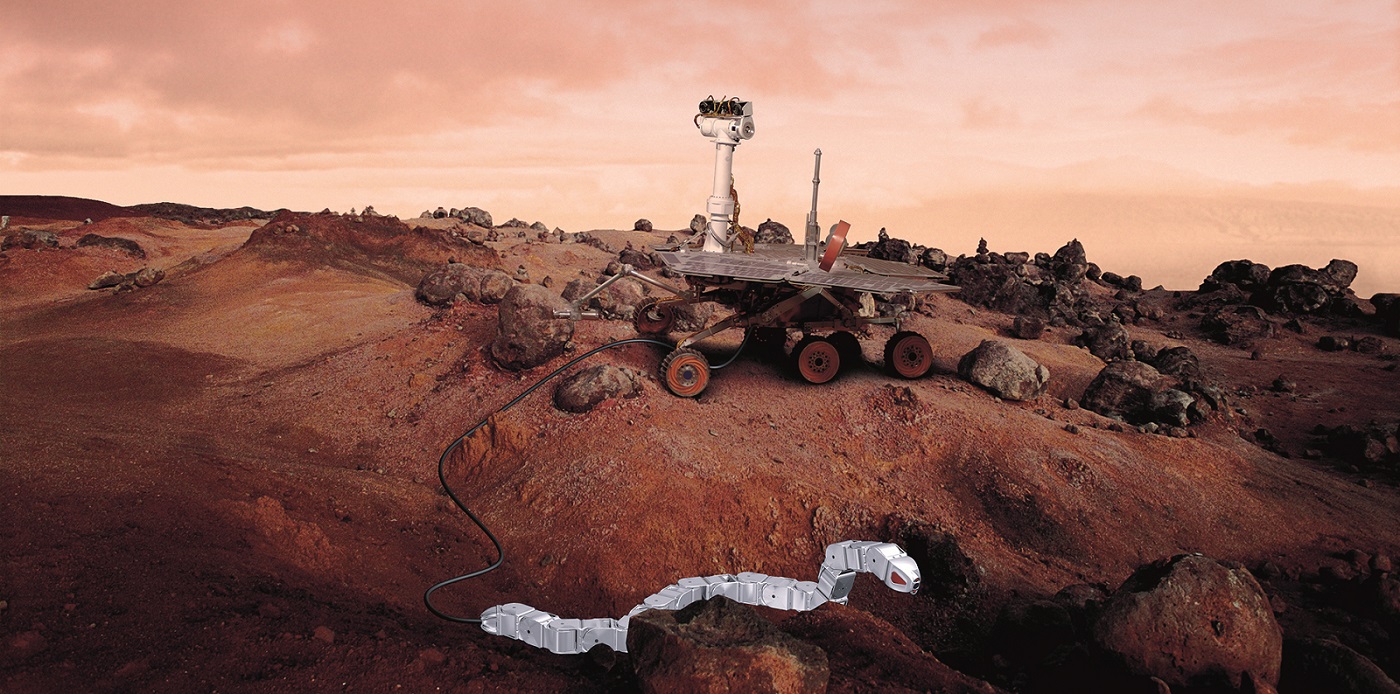
A team from SINTEF, and with the support of the ESA is looking to develop snake robots to assist astronauts aboard the ISS and conduct missions to asteroids, the Moon and Mars.
Continue reading
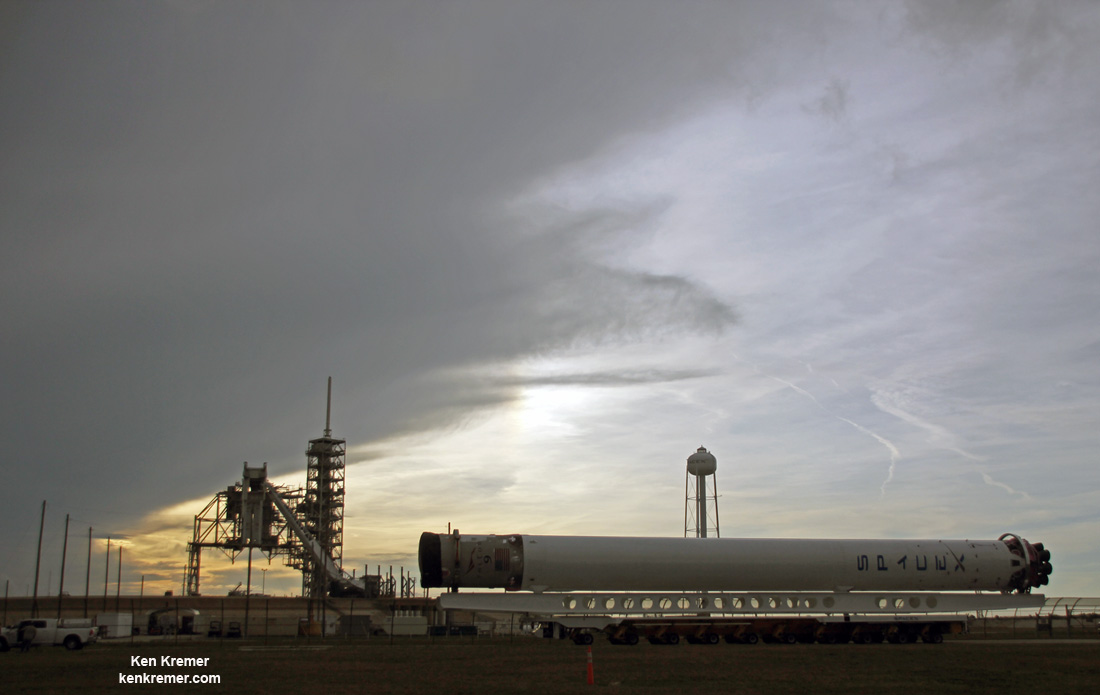
Continue reading
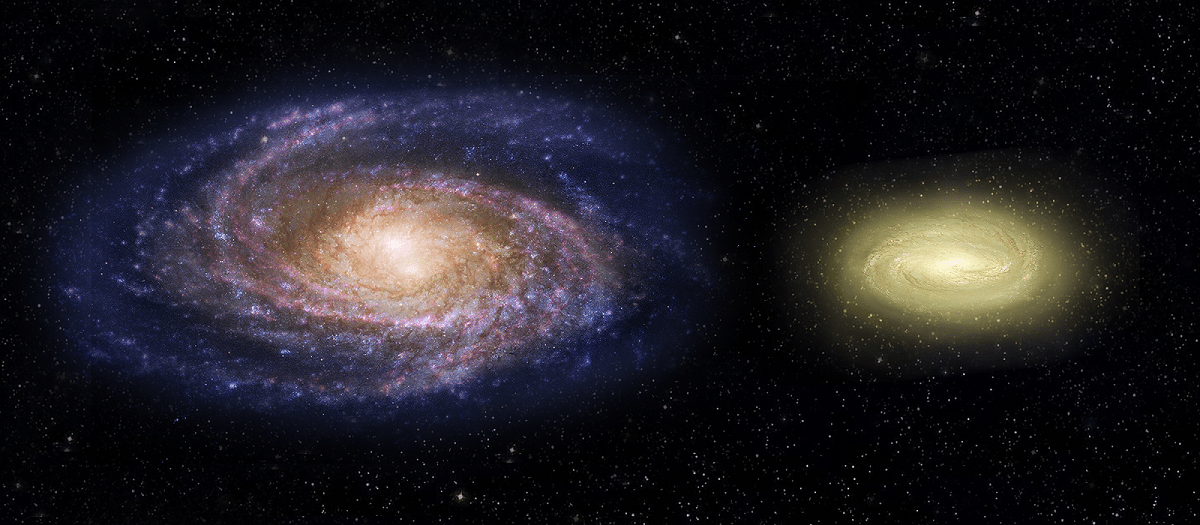
Relying on Hubble and gravitational lensing, a team of astronomers made the unexpected discovery of a galaxy that ceased star formation just three billion years after the Big Bang.
Continue reading
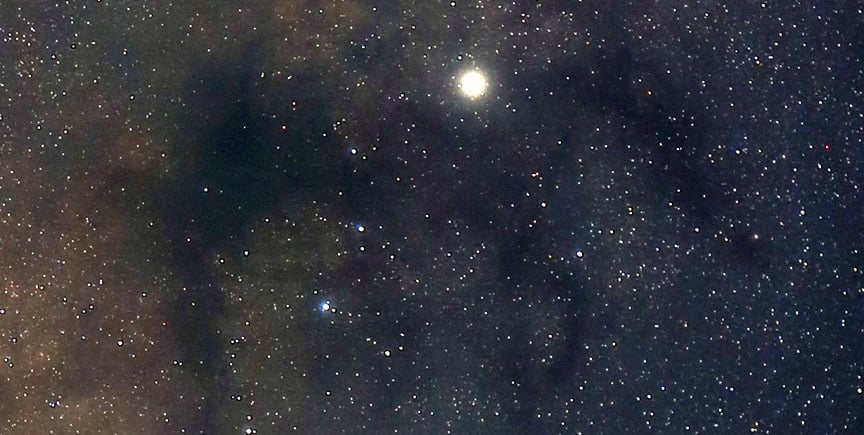
Yippy-ki-yay! Saturn rides the back of a prancing pony across the evening sky. See it the next clear night.
Continue reading
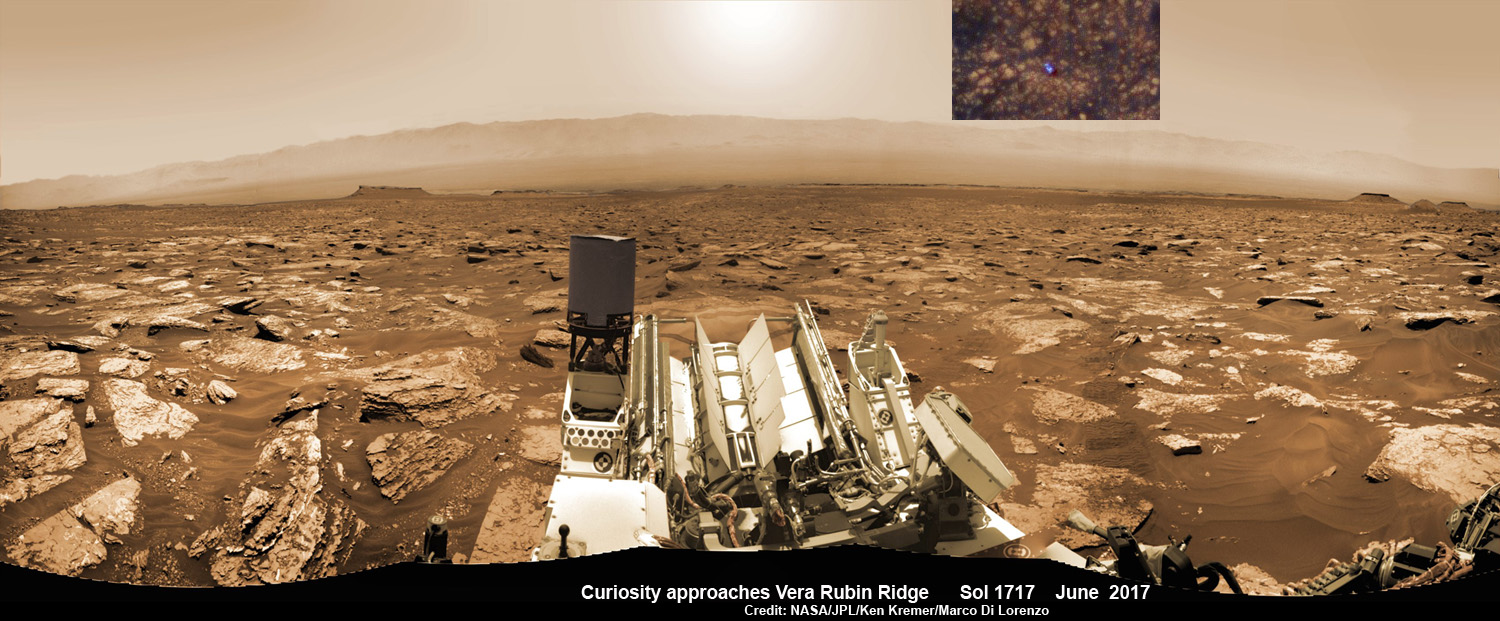
You can catch a glimpse of what its like to see NASA's Curiosity Mars rover simultaneously high overhead from orbit and trundling down low across the Red Planet's rocky surface as she climbs the breathtaking terrain of Mount Sharp - as seen in new images from NASA we have stitched together into a mosaic view; showing the perspective views above.
Continue reading

We know trips in space will take a long time. Can we go to sleep for the journey and then wake up when we arrive?
Continue reading
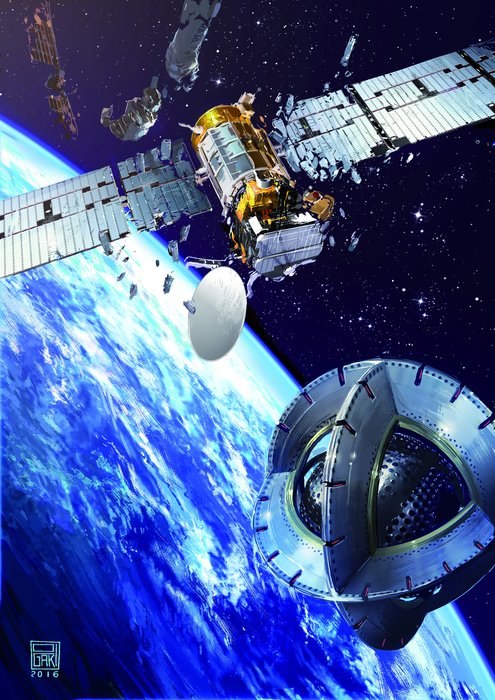
A researcher working with the ESA has proposed creating a fleet of magnetic tugs to safely and effectively remove space debris from orbit.
Continue reading

The ESA recently decided to move forward with its LISA mission, a trio of satellites that will be the first space-based gravitational wave detector.
Continue reading
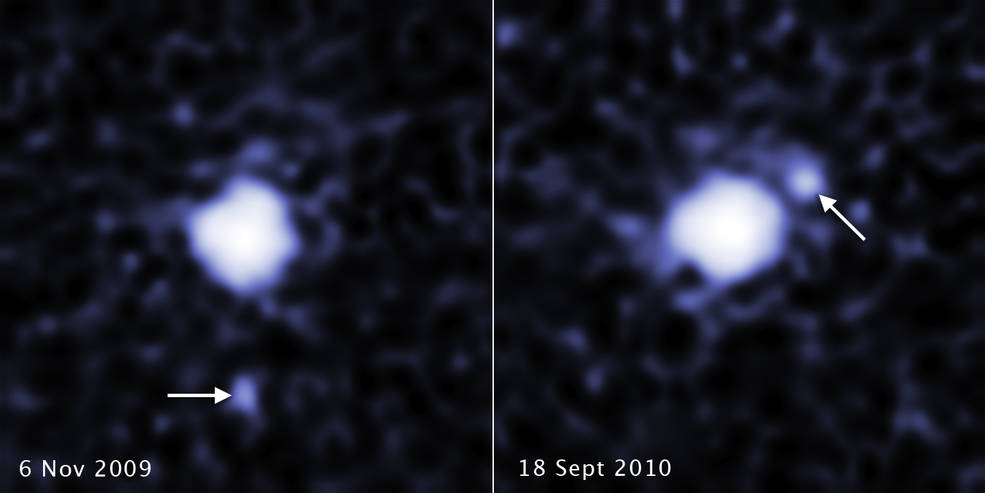
It isn't every day we get a new moon added to the list of solar system satellites. The combined observational power of three observatories—Kepler, Herschel and Hubble—led an astronomical detective tale to its climatic conclusion: distant Kuiper Belt Object 2007 OR10 has a tiny moon.
Continue reading
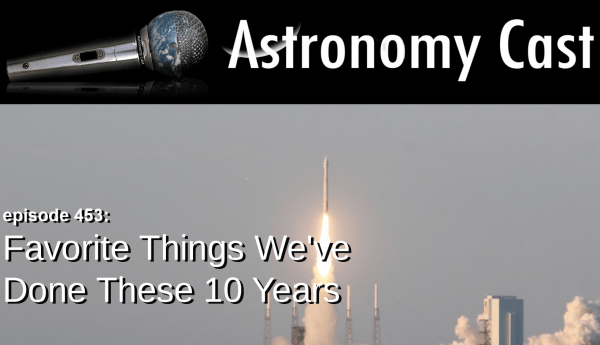
Continue reading
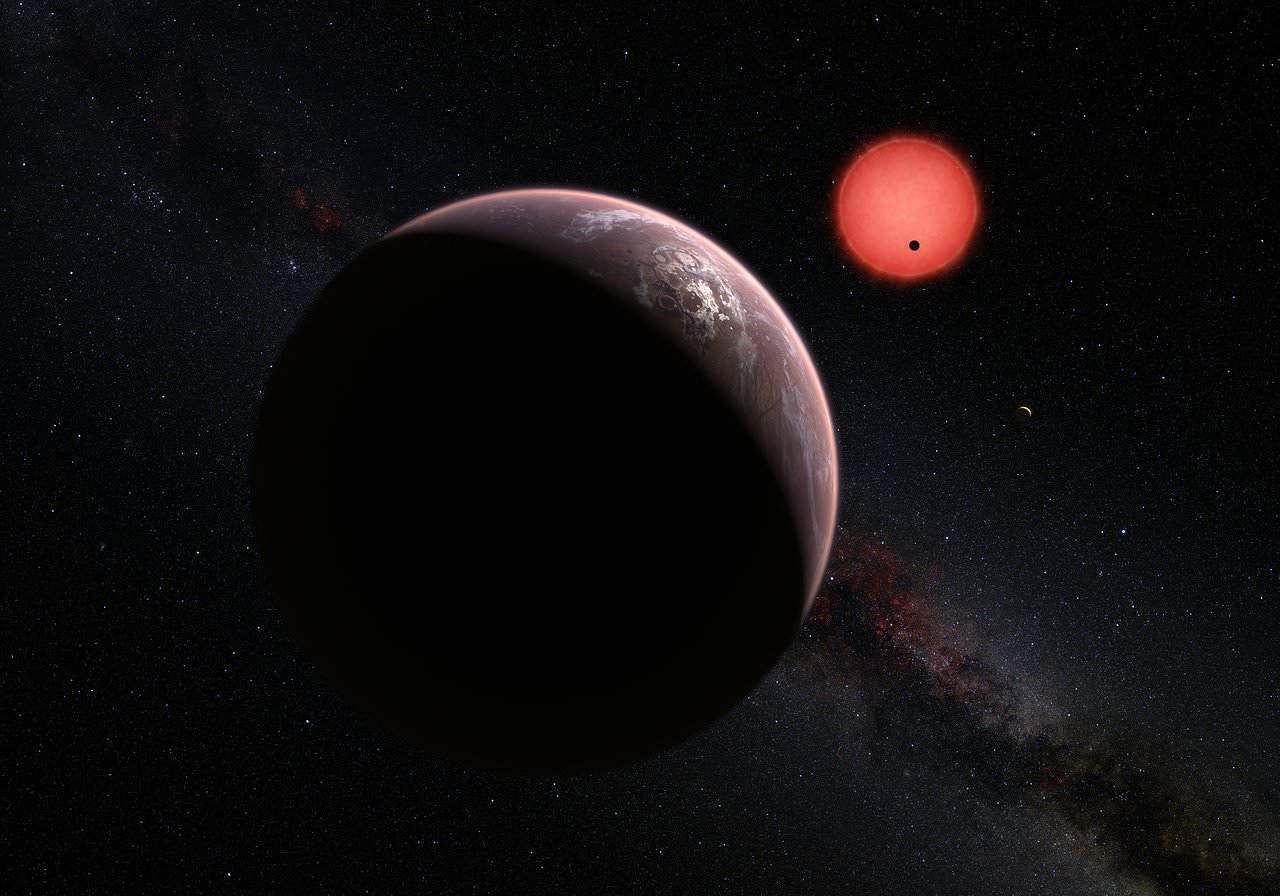
The latest catalog to be released by the Kepler mission features and additional 10 potentially-habitable planets, and has led to some interesting conclusions about those that have been discovered so far.
Continue reading

 Universe Today
Universe Today














































